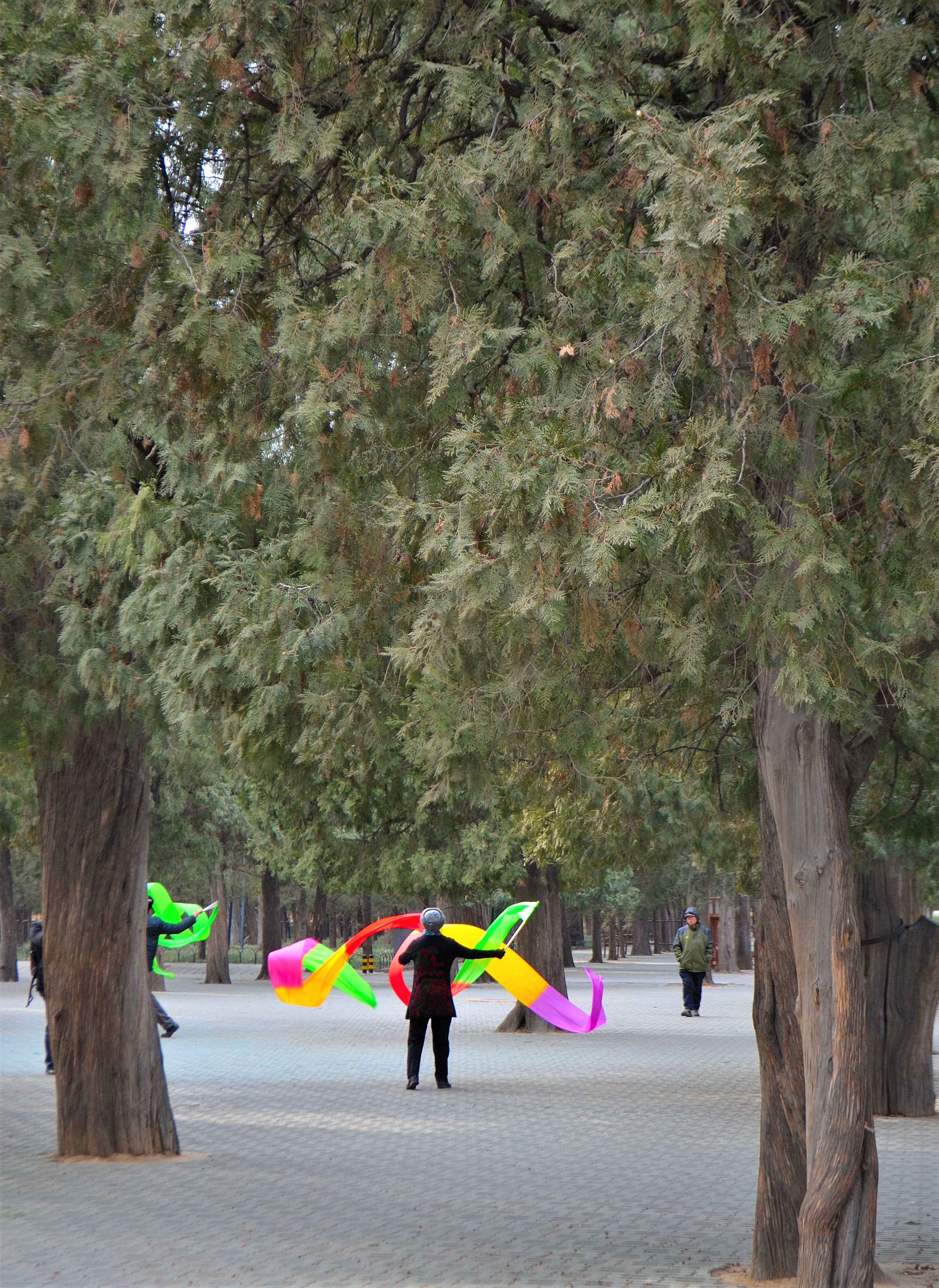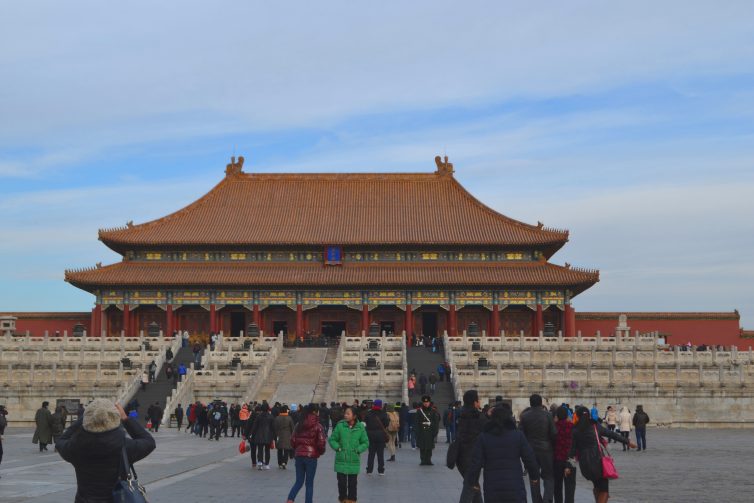Post-Christmas, Beijing-Style (AKA: How I Froze, Found Mao, and Touched Heaven)
The day after Christmas—though truth be told, this year it was more of a non-Christmas—we kicked off part two of our China adventure: three days in the frosty heart of Beijing. Armed with neatly packed notes, camera in hand, and enough curiosity to power a bullet train, I was ready for a cultural marathon in sub-zero temperatures.
The flight from Shanghai was a breezy two hours, and when we landed in Beijing, our local guide Jack was already waiting for us at the airport. Jack wasn’t really “Jack,” of course. Like many Chinese guides, he picked an easier-to-pronounce name for European tourists—because let’s be honest, even after he repeated his real name three times, I still couldn’t get it right.
Jack was 28, friendly, full of stories, and talked with an accent thick enough to spread on toast. I had to ask him to repeat himself now and then, but he never seemed to mind. Our driver, on the other hand, was part of the proud 95% of locals who speak exactly zero English. He did, however, have a warm smile and drove like a Beijing native—which is to say, like a Formula 1 racer in a bumper car.
We arrived at the hotel around 7 p.m. and stepped into what I can only describe as a walk-in freezer disguised as a hotel room. The room was so cold that the heating system gave up halfway through the night and quietly accepted its fate. I slept in full thermal gear, hugging my hot water bottle like it was a long-lost lover.
Welcome to winter in Beijing: dry, crisp, and painfully cold.
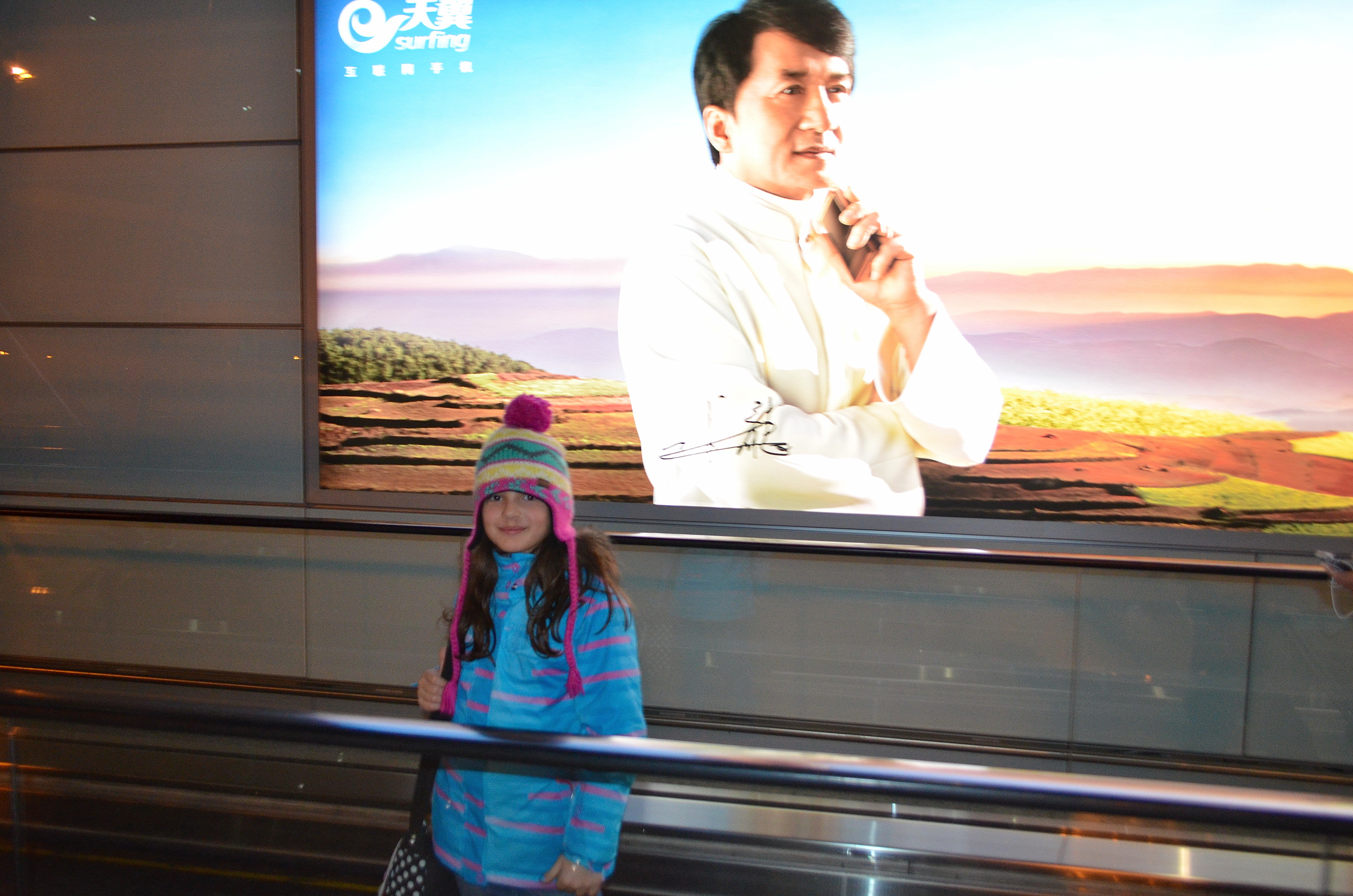
Day 1: Tiananmen Square – The Forbidden City – Temple of Heaven
After breakfast (which was surprisingly warm, unlike our hotel room), we met up with Jack and hit the ground running. Our first stop? The legendary Tiananmen Square.
This place is enormous: one big, cold stone pancake surrounded by oversized Soviet-style buildings, cheesy monuments, and museums you need a week to explore. It’s also home to Mao Zedong’s Mausoleum, where the Chairman himself lies in eternal rest—and eternal formol, probably. Around the square, vendors hustled kitschy souvenirs, couples held hands and took selfies, and kids ran around like sugar-fueled rockets.
Nearby is Qianmen Gate, one of the last surviving pieces of the old city wall that once protected Imperial Beijing. Built in 1415, it made me feel appropriately insignificant and extremely cold. Within a short stroll, you also bump into the National Museum of China and the futuristic National Theatre, a giant silver egg that looks like it crash-landed in the middle of a history lesson.
Oh, and speaking of history—Tiananmen means “Gate of Heavenly Peace.” Yeah, I know. Irony alert. There’s a massive portrait of Mao watching over the gate with a slogan that reads (in Mandarin): “Long live the People’s Republic of China.” Instantly, I had a flashback to my old school textbooks, where Ceaușescu’s photo had a similar vibe. Shivers—both nostalgic and literal.
If you’re wondering: yes, that infamous event from 1989 happened here. And no, nobody talks about it. If you want to know more, best to Google it somewhere private.
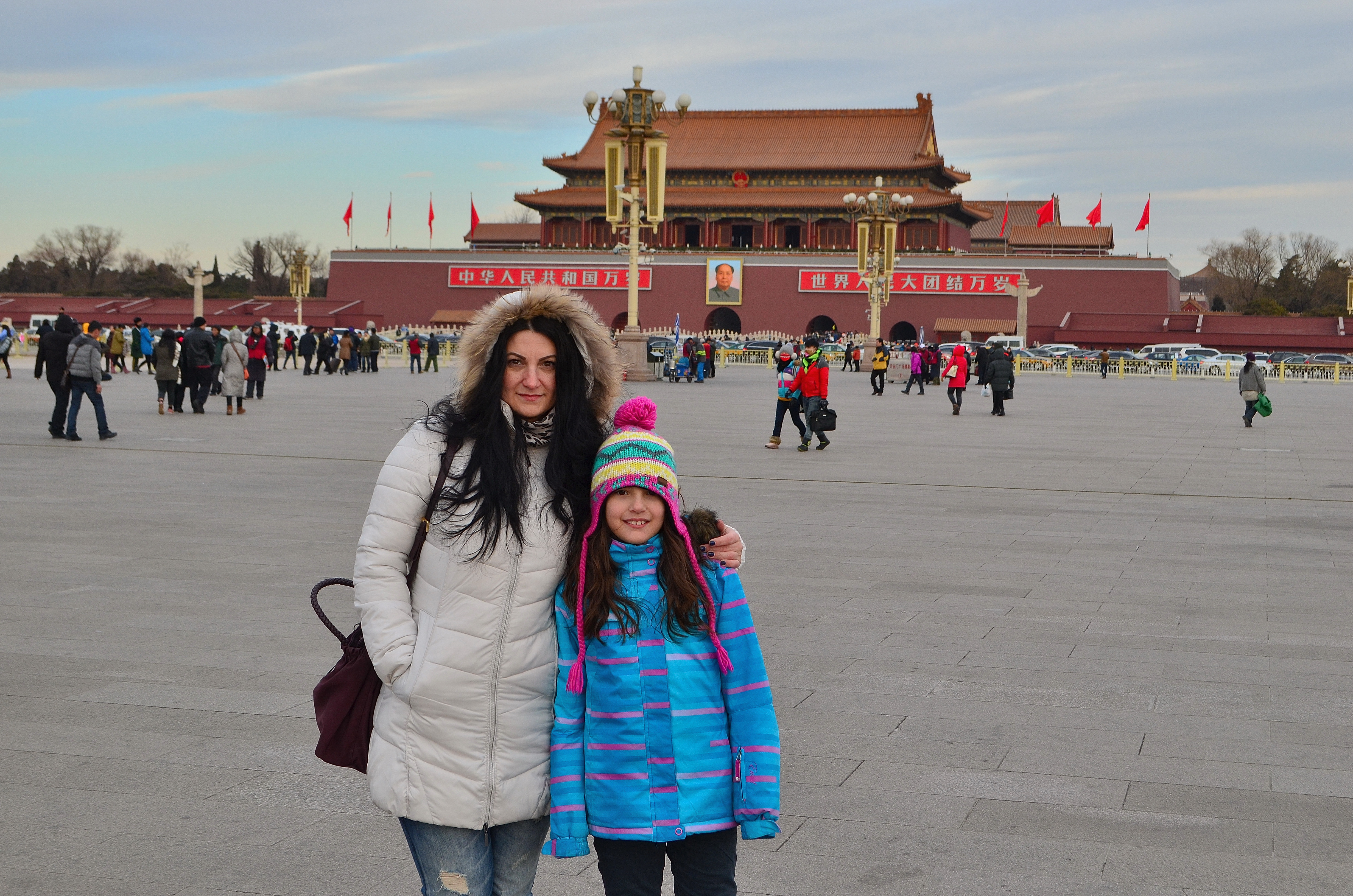
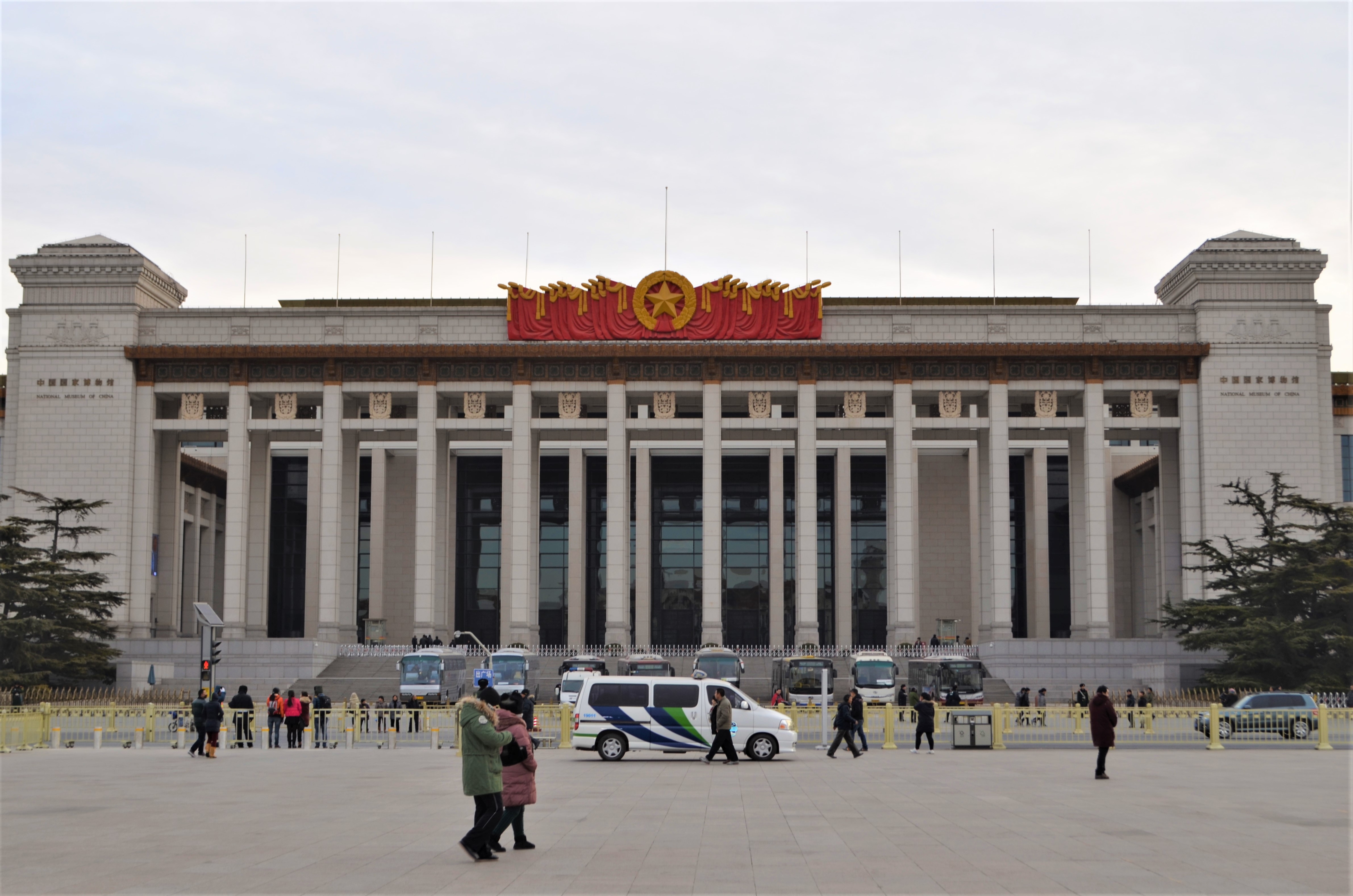
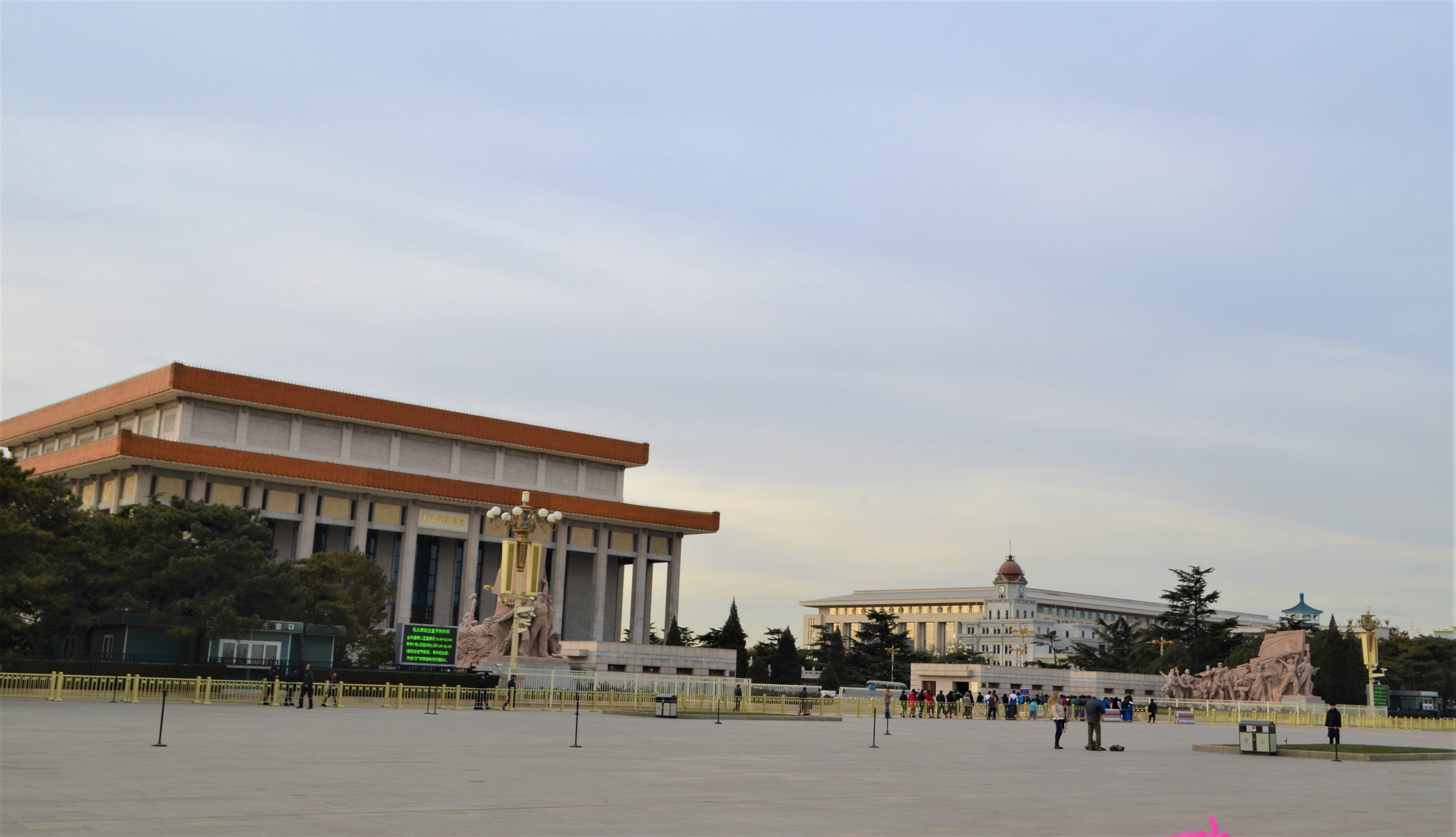
From there, we headed into the Forbidden City, entering through the Gate of Heavenly Peace. This UNESCO World Heritage Site is the largest preserved collection of ancient wooden structures in the world. Spanning 32 hectares, it housed emperors from the Ming and Qing dynasties and is a jaw-dropping example of Chinese imperial architecture.
We passed through gates and courtyards that once echoed with drums and bells announcing the emperor’s arrival. I imagined eunuchs scurrying around and royal concubines whispering secrets behind silk screens. The architecture was all symmetry, symbolism, and golden roofs that glinted even under a gloomy winter sky.
My personal favorite part? The marble bridges called the “Golden Water Bridges” which, according to legend, represent kindness, order, wisdom, and faith. Honestly, by then I just wanted them to represent a shortcut to the nearest radiator.
Eventually, we reached the imperial living quarters—still drenched in grandeur, but with a touch more intimacy. We wandered through the emperor’s bedroom, the Hall of Union and Peace (which I think I’ll name my next Airbnb), and finally the Imperial Garden, with its koi ponds and pine trees that smelled like 600 years of secrets.
We exited through the “Gate of Divine Might,” a name that basically says: “Enter if you dare, exit if you can feel your toes.” Spoiler: I couldn’t.
By this point, we were both frozen and starving. We set off in search of something hot to eat—and warm enough to defrost our spirits—before heading to our last stop of the day: the Temple of Heaven.
Despite the grandeur, nothing was heated. Nothing. My coat was my best friend. I nearly cried with joy when we climbed back into the van.
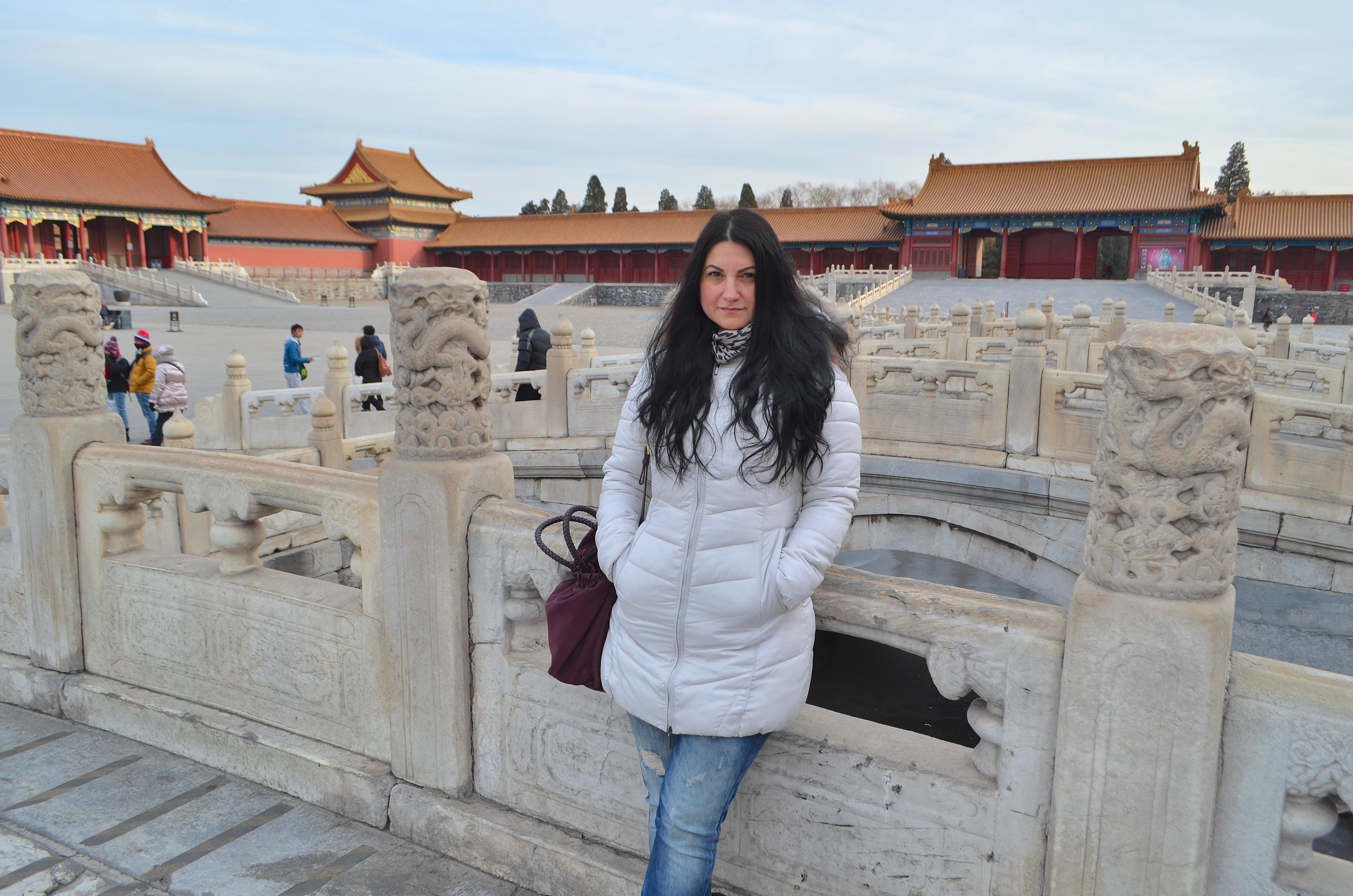
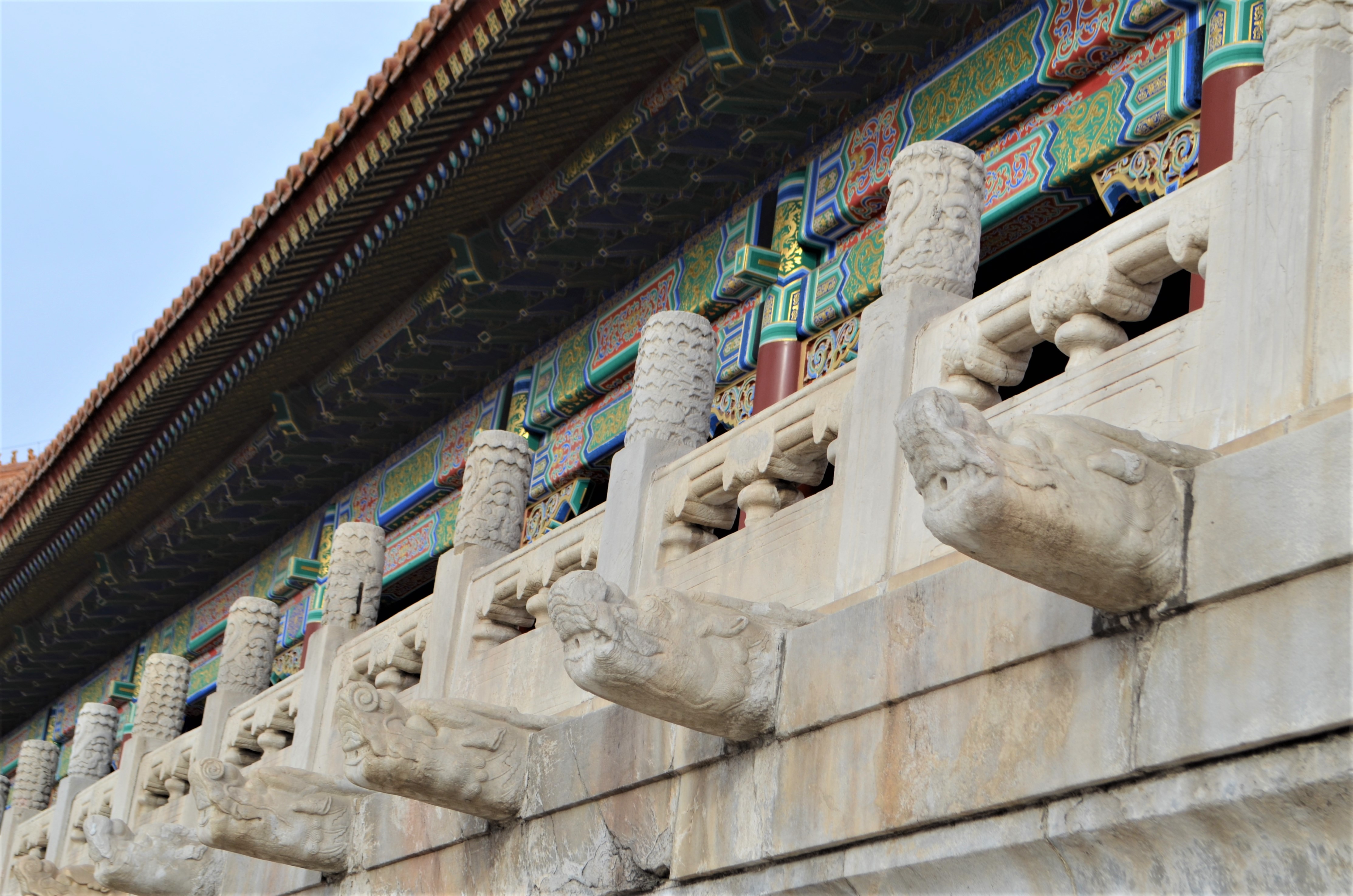
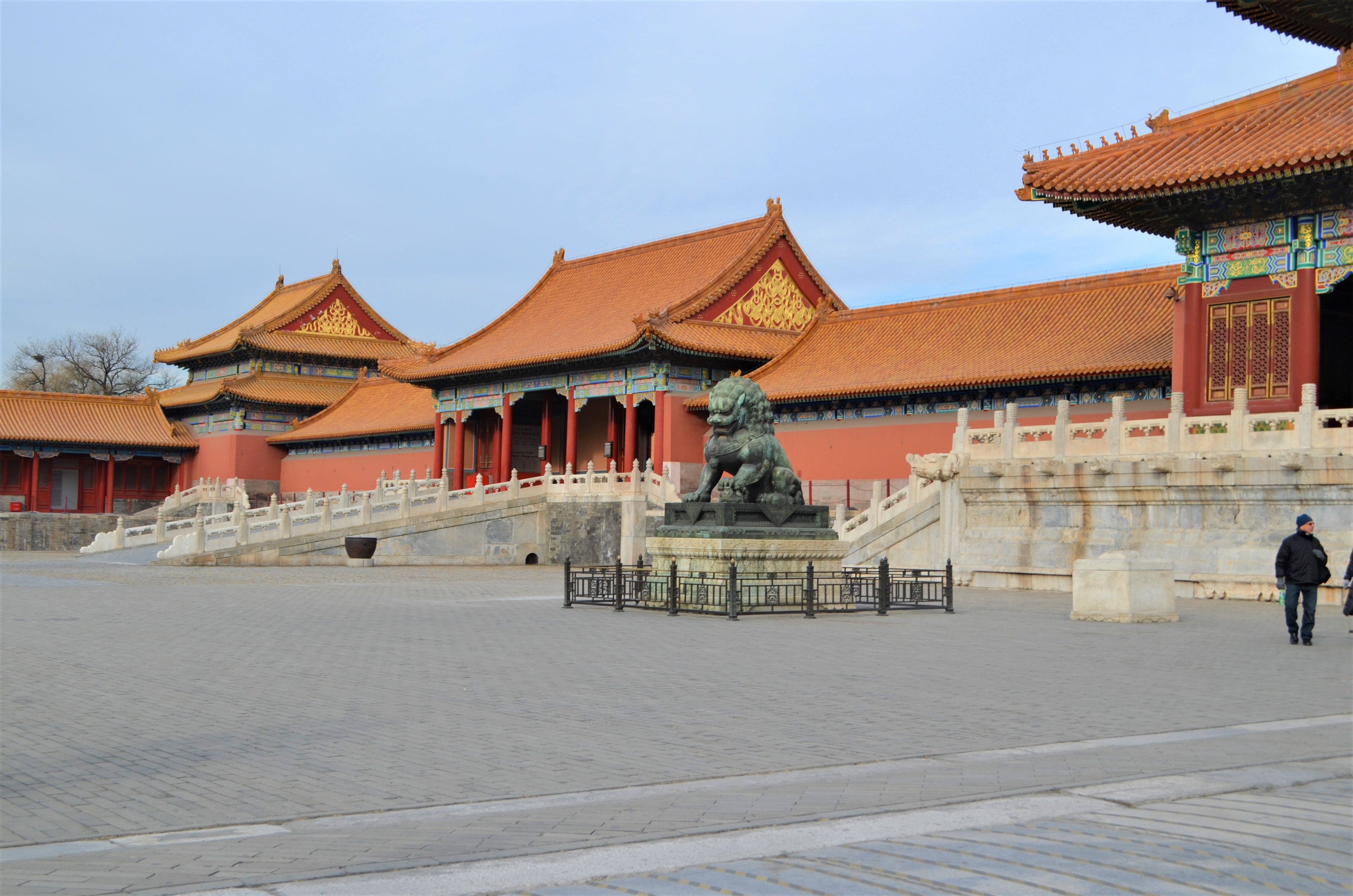
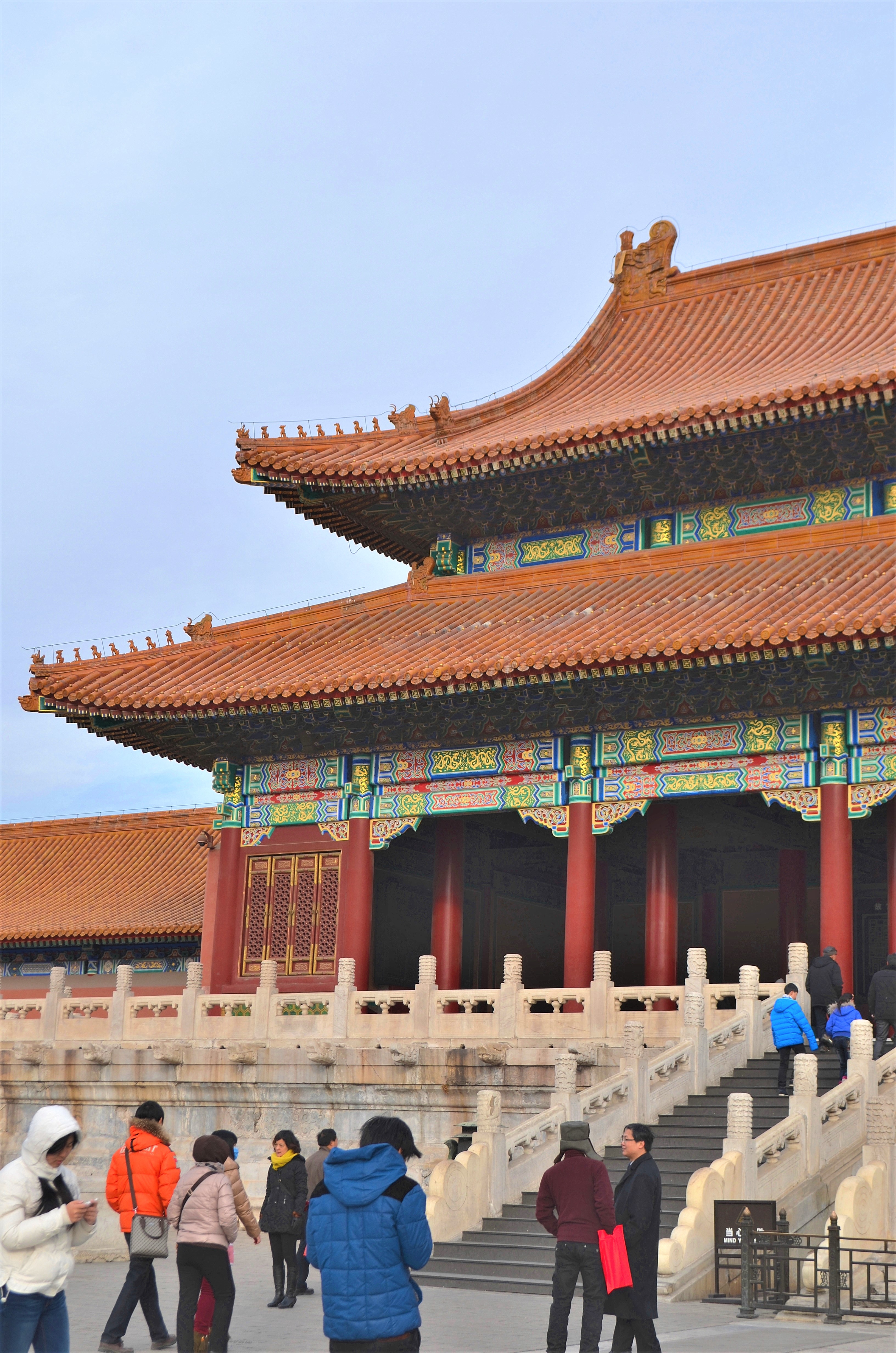
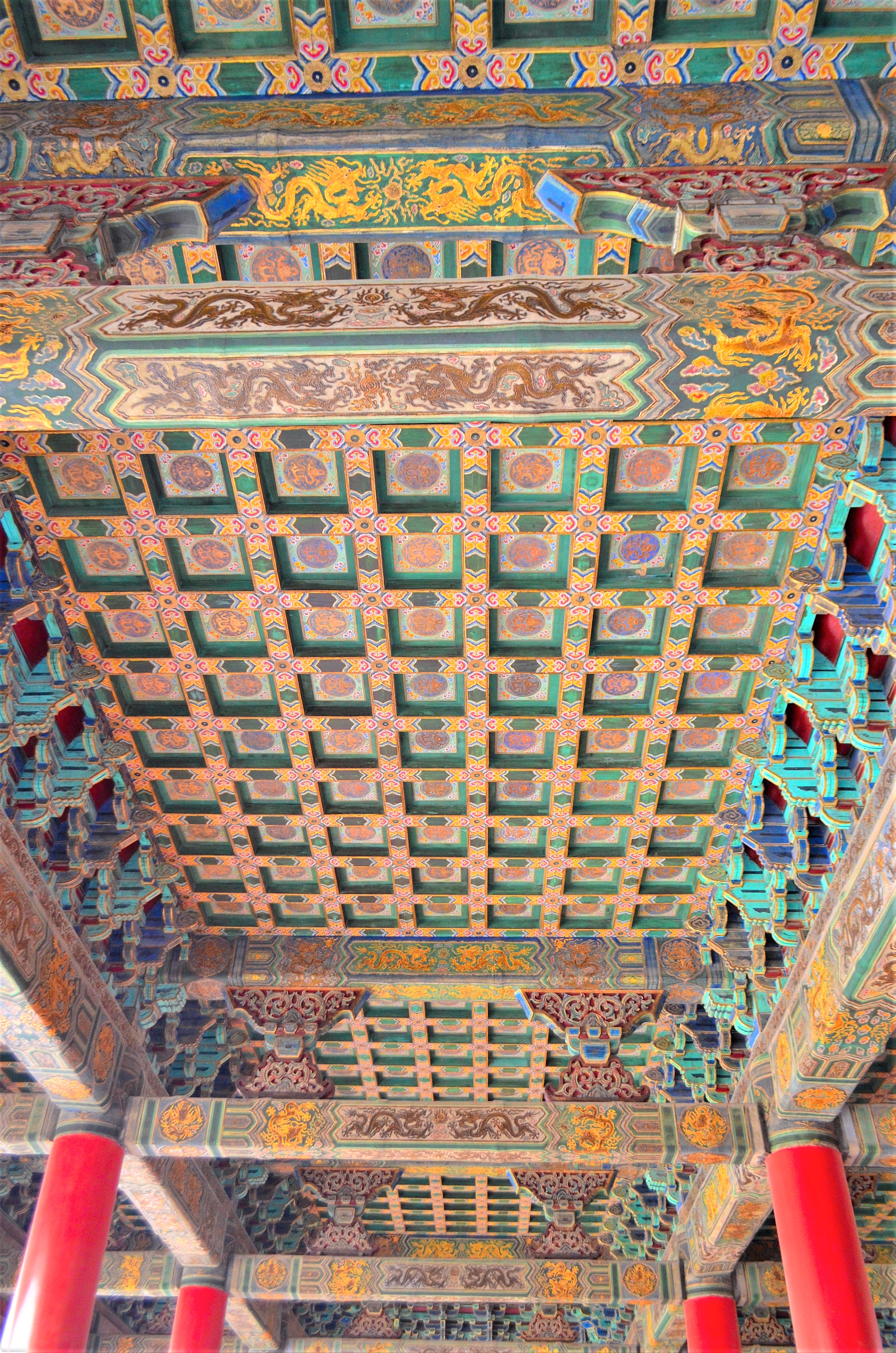

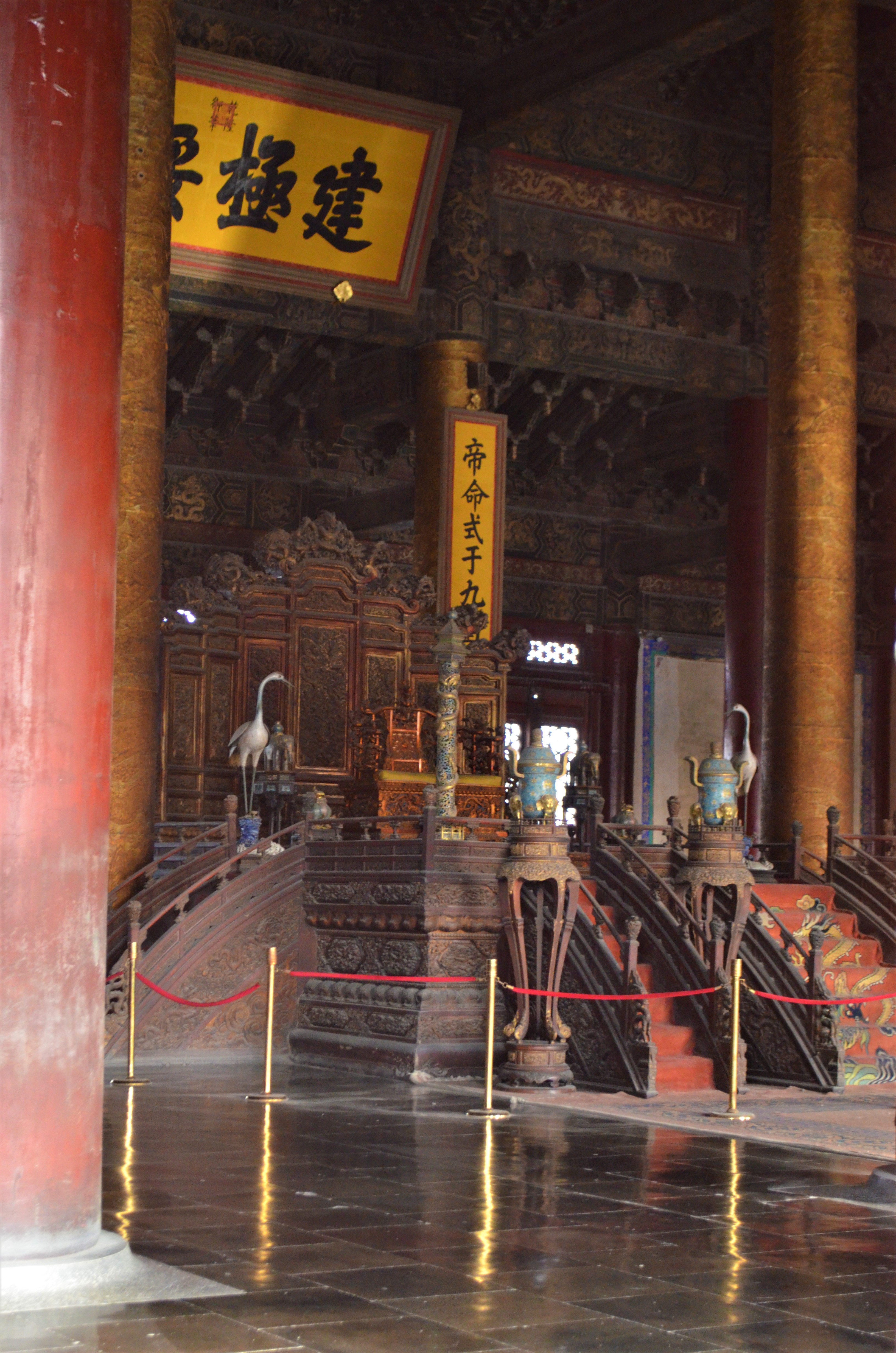
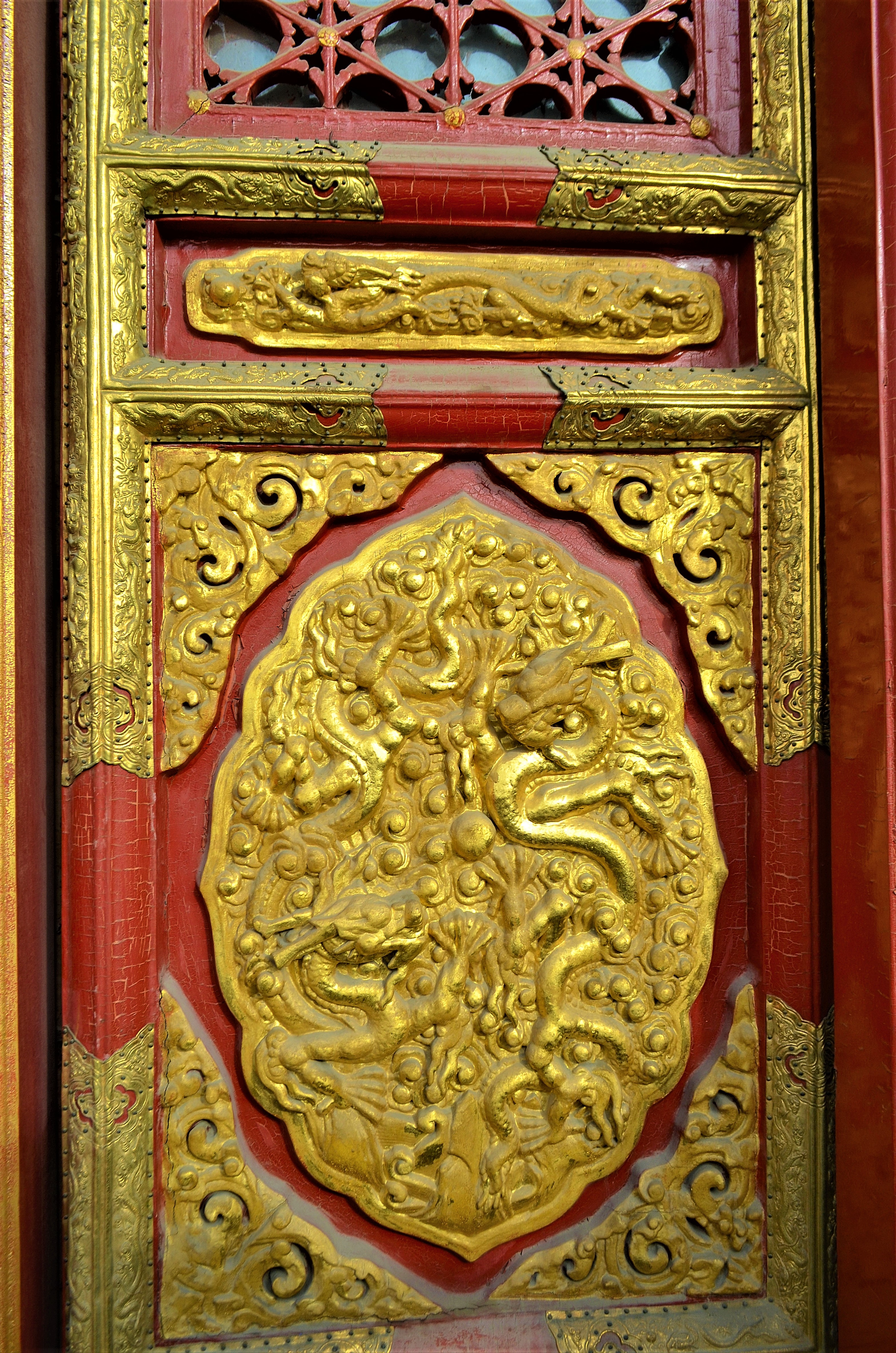

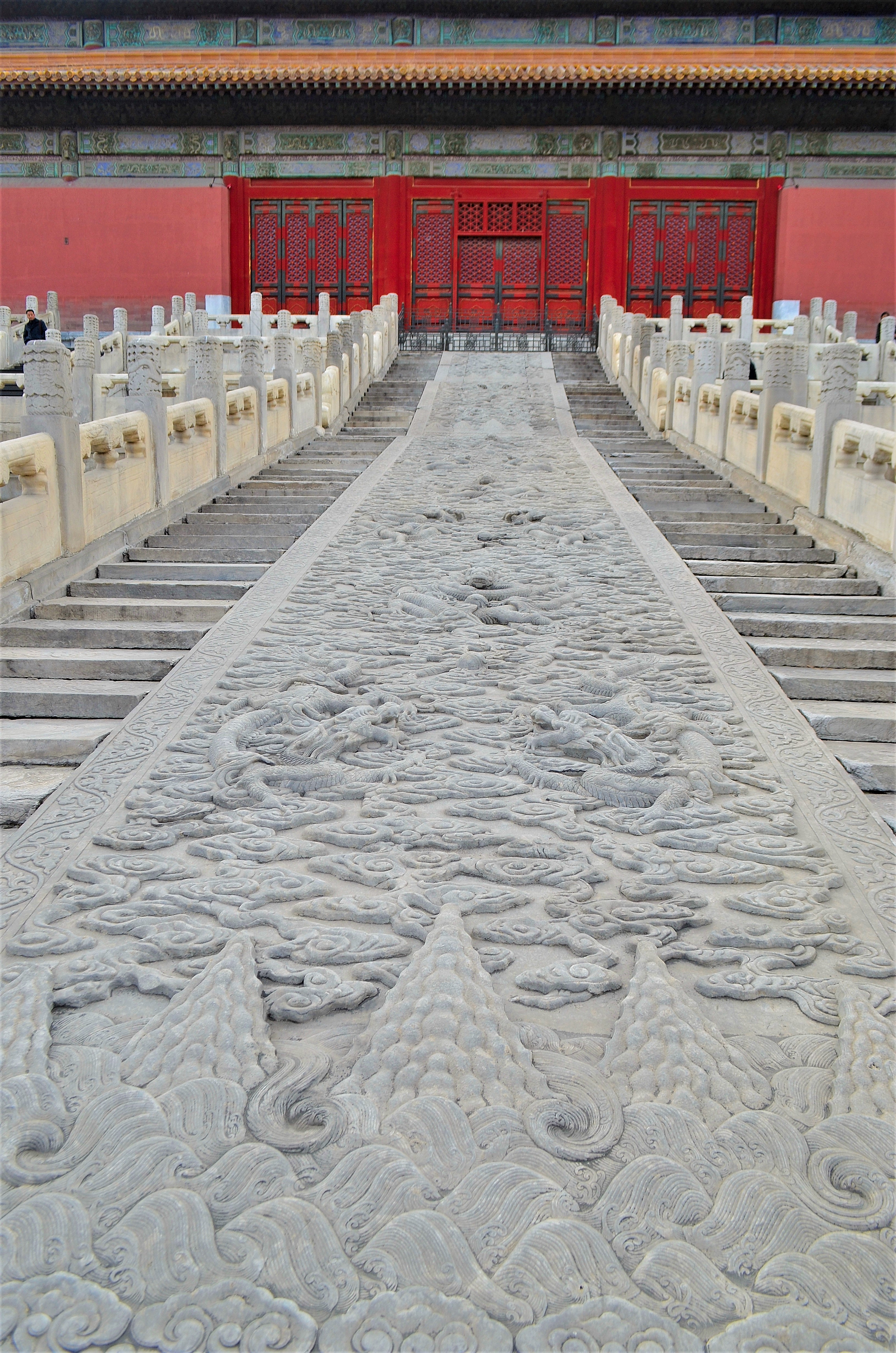
The Forbidden City is surrounded by a water canal, which was used for defense in the past. A map of the Forbidden City can be found here.
All the buildings in the Forbidden City are low. According to fengshui belief, evil spirits flew at altitude, a height that no building should exceed. You will notice numerous statuettes representing lions, phoenix birds and dragons. In Chinese culture, lions and dragons are symbols of power. At the end of the Forbidden City tour you are all a celestial harmony and purity!
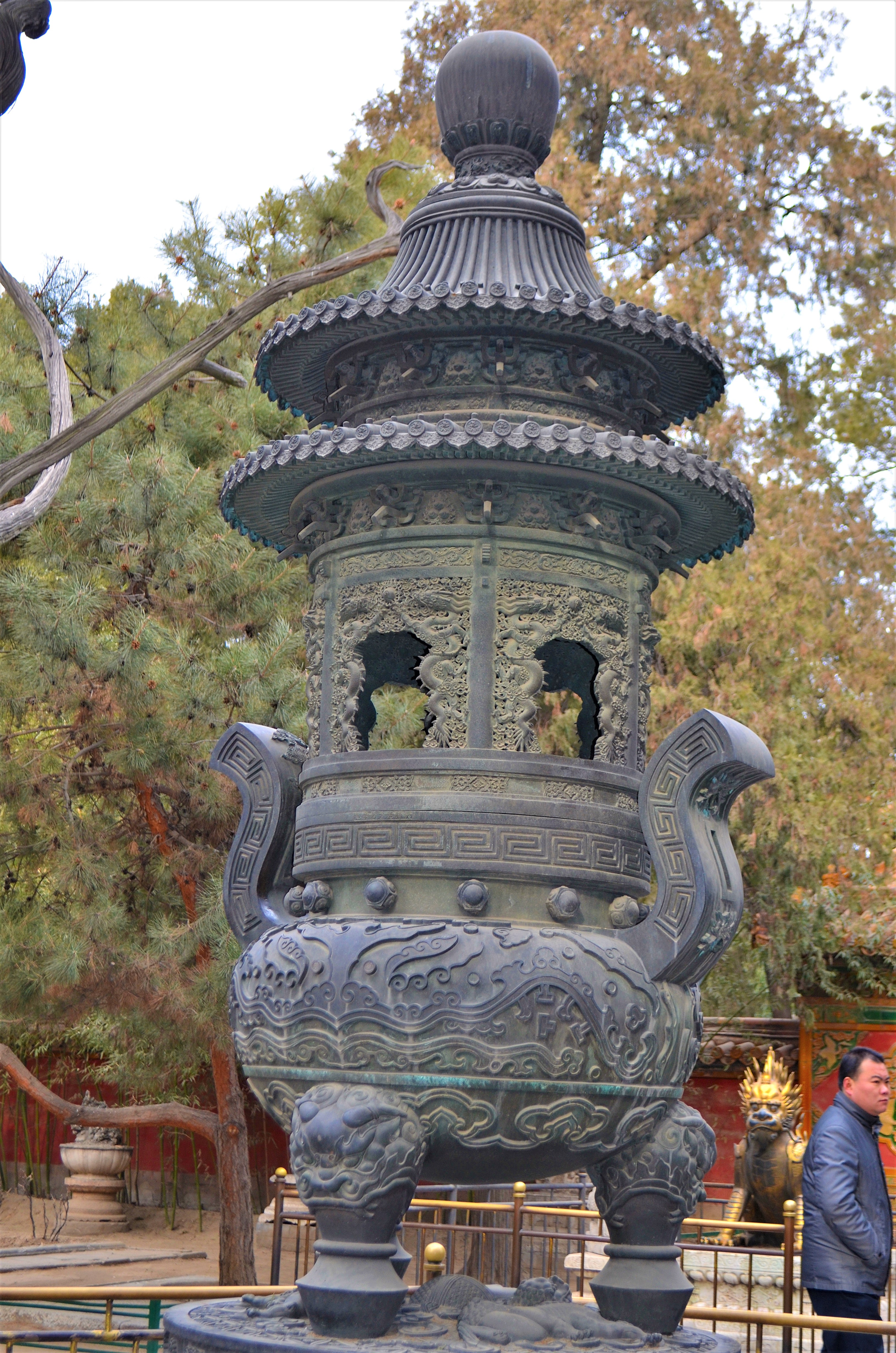
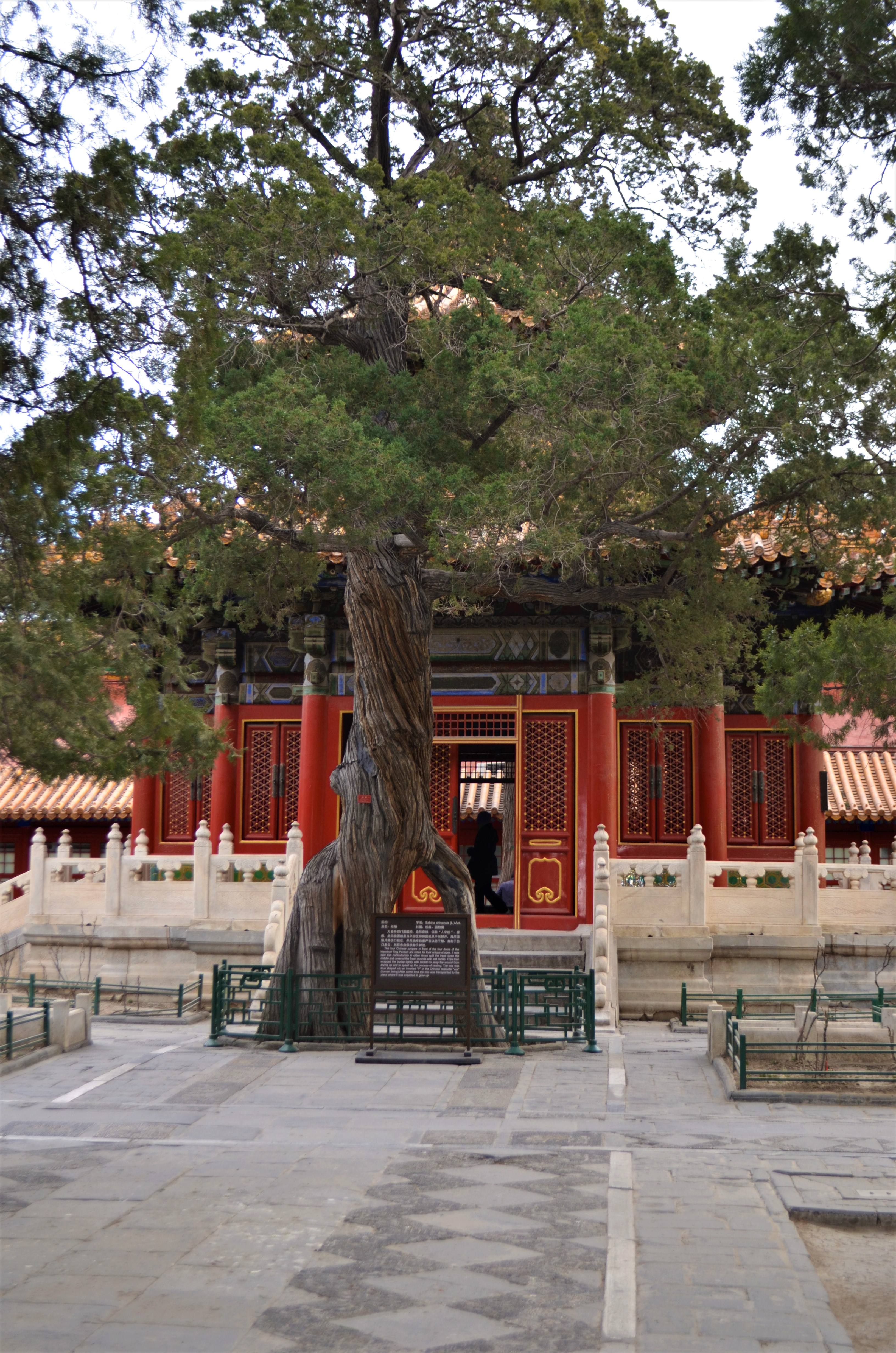
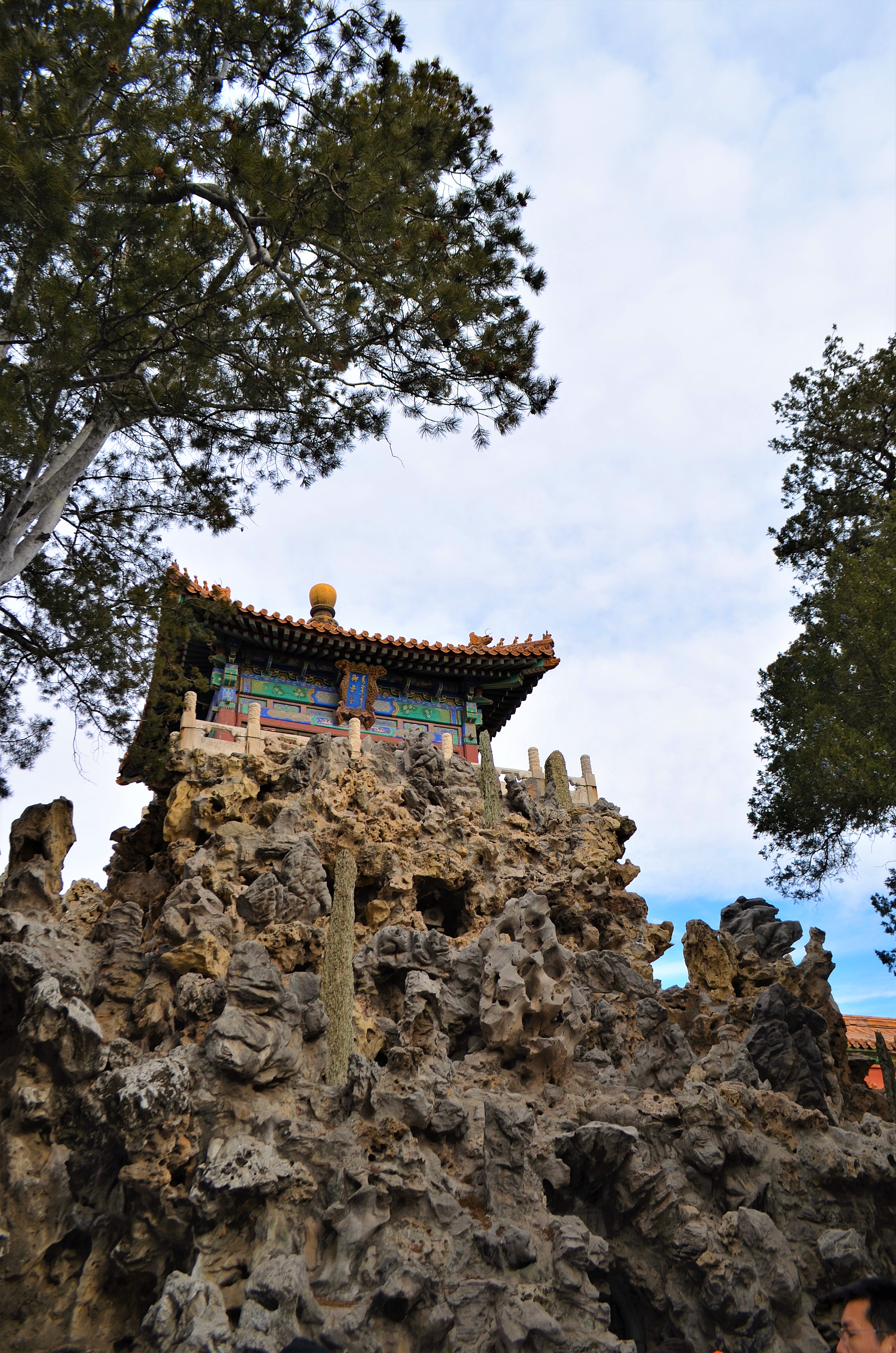
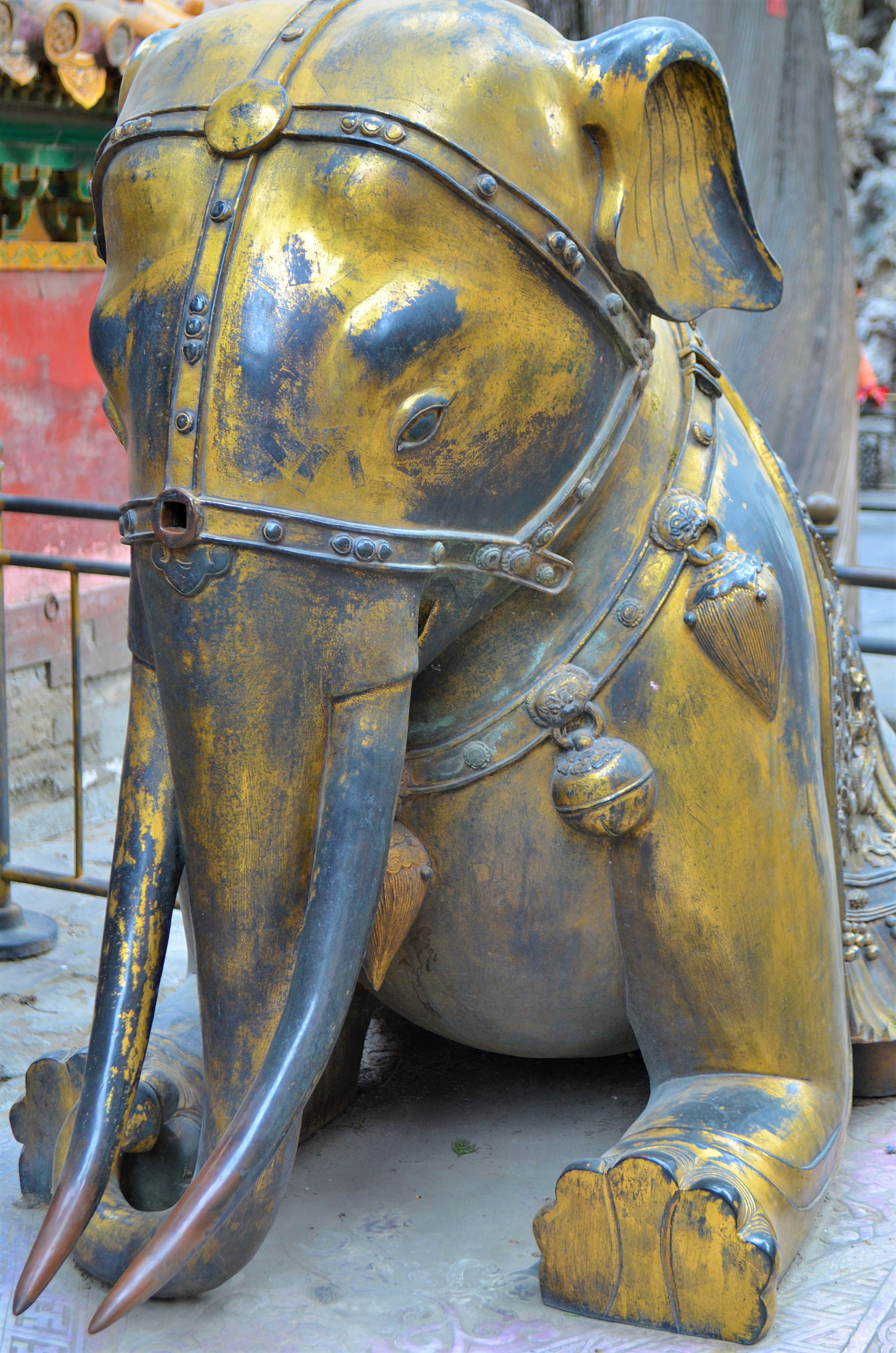
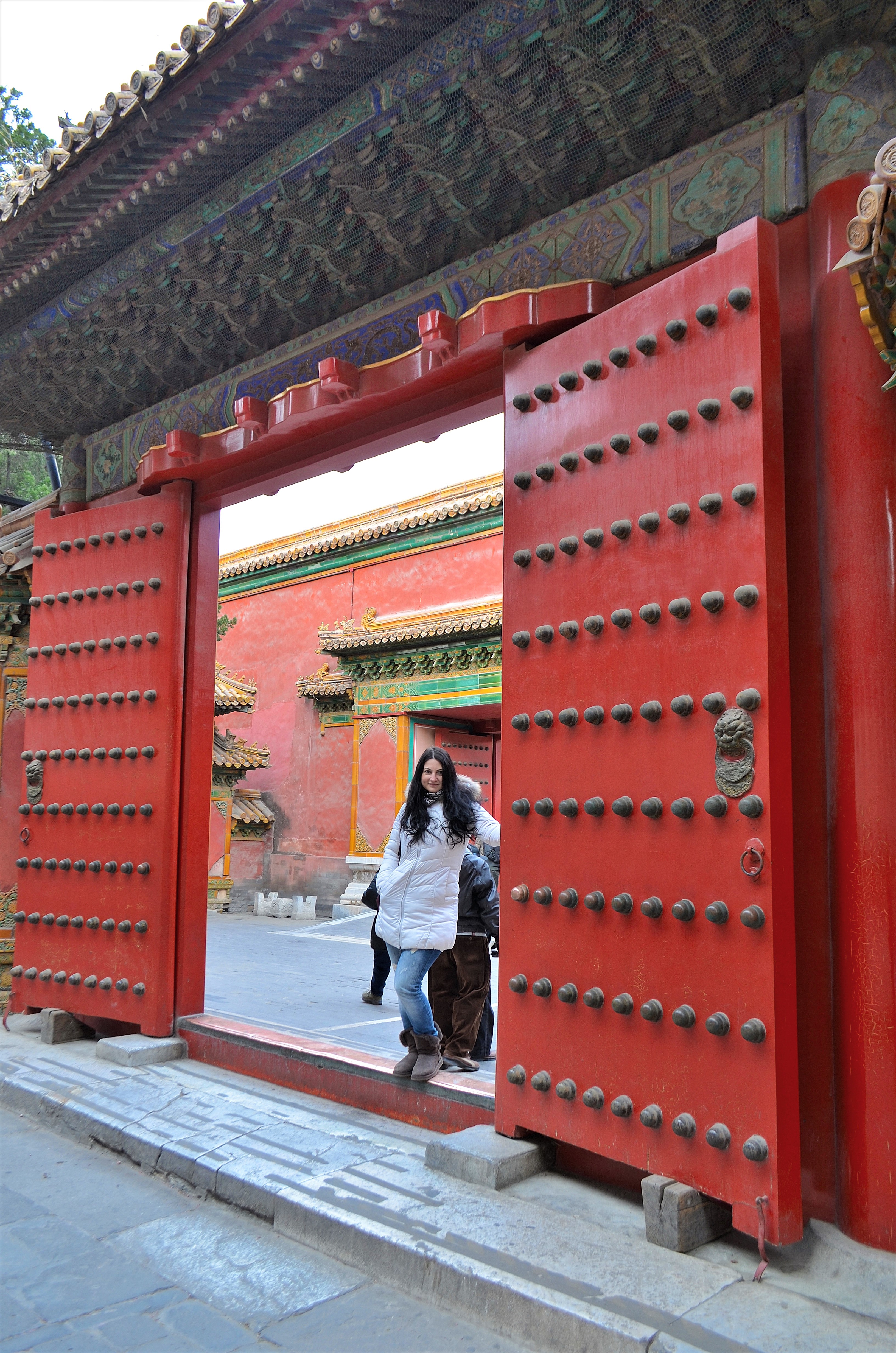
The Temple of Heaven is where emperors once came to chat with the cosmos and ask for good harvests. Built in 1420 and later expanded by the Qing, the site is a 273-hectare park of marble platforms, echo walls (yes, you can test them!), and wooden pavilions constructed without a single nail. That’s right—just pure joinery genius and architectural wizardry.
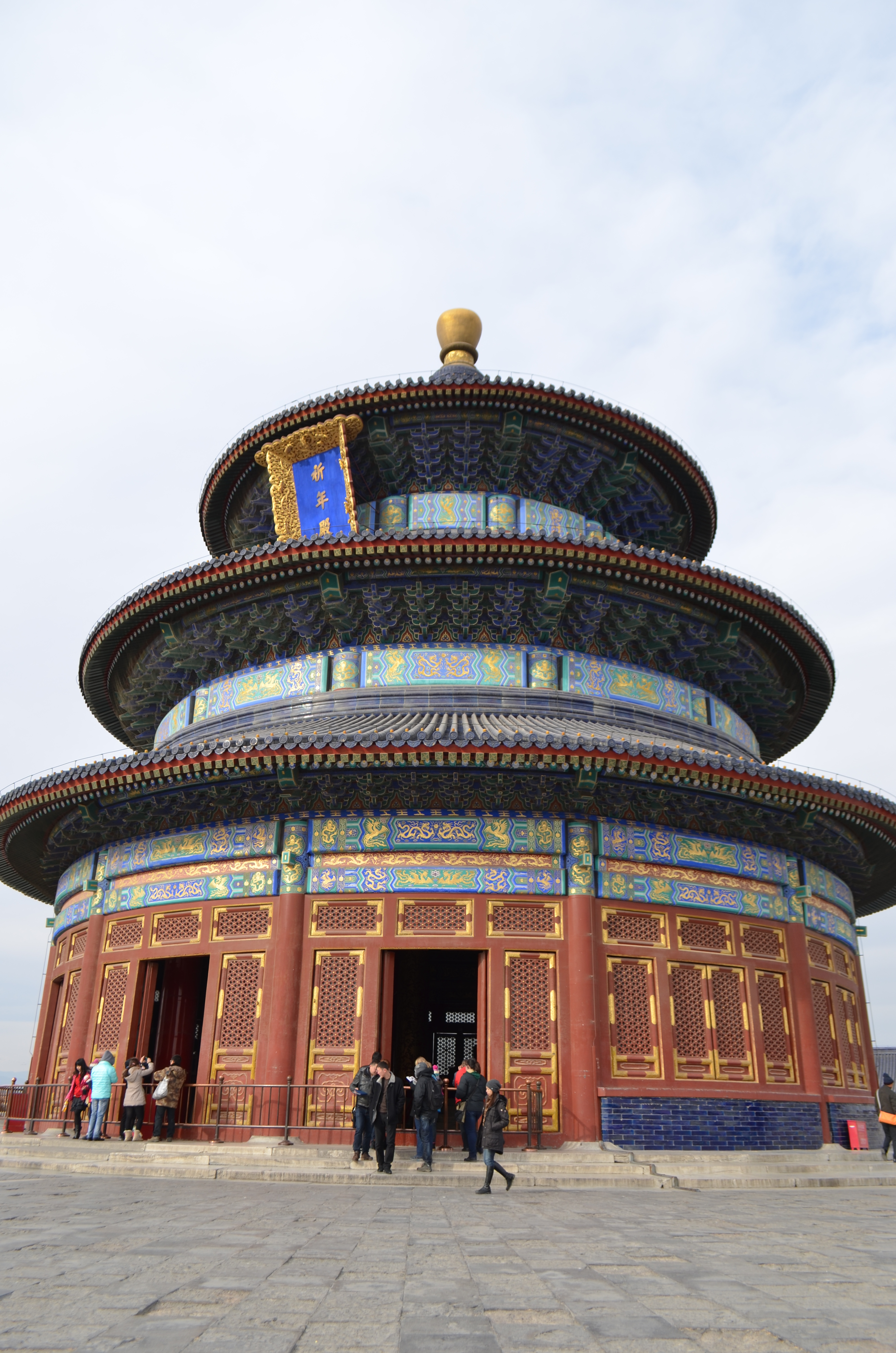
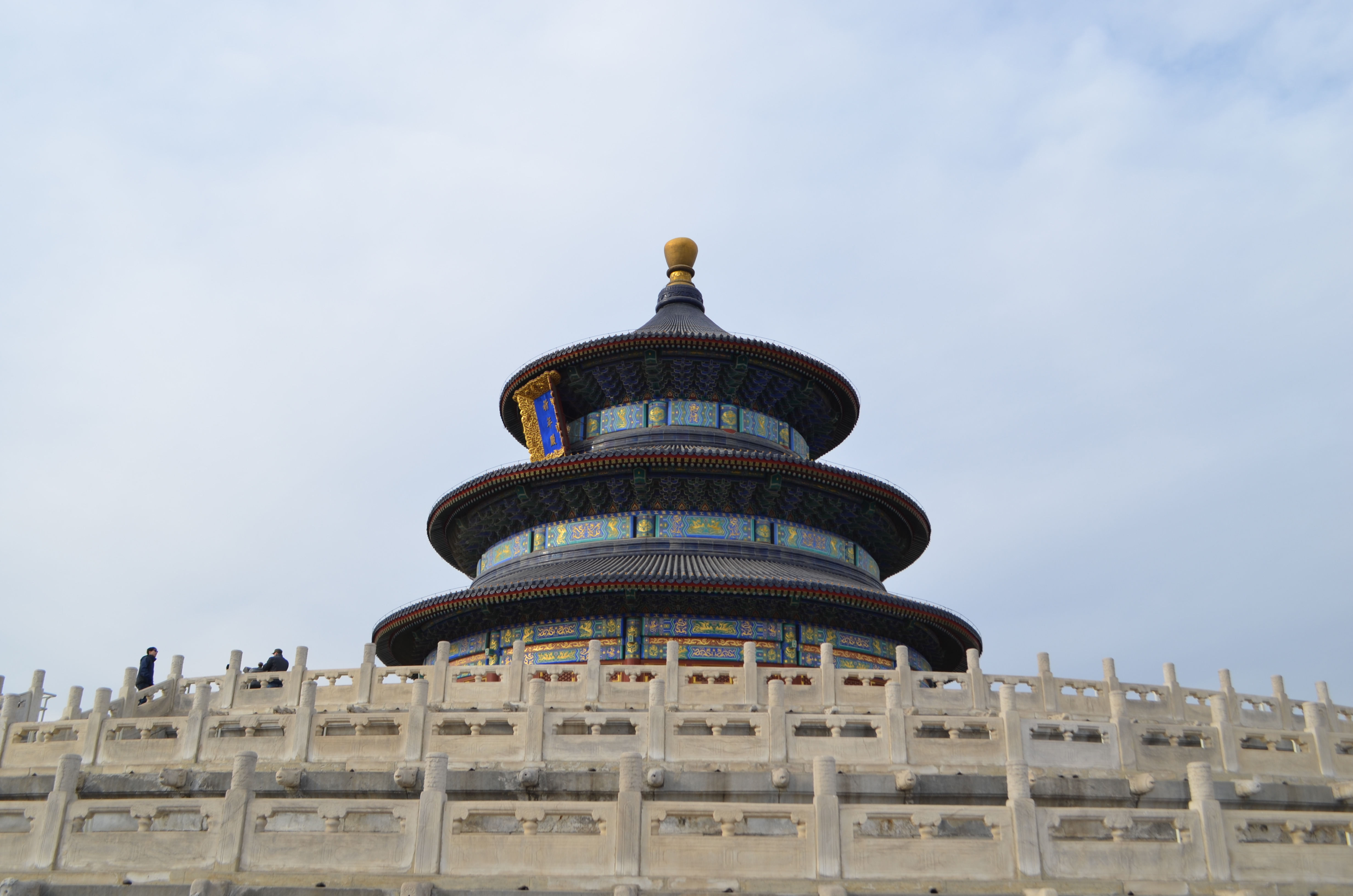
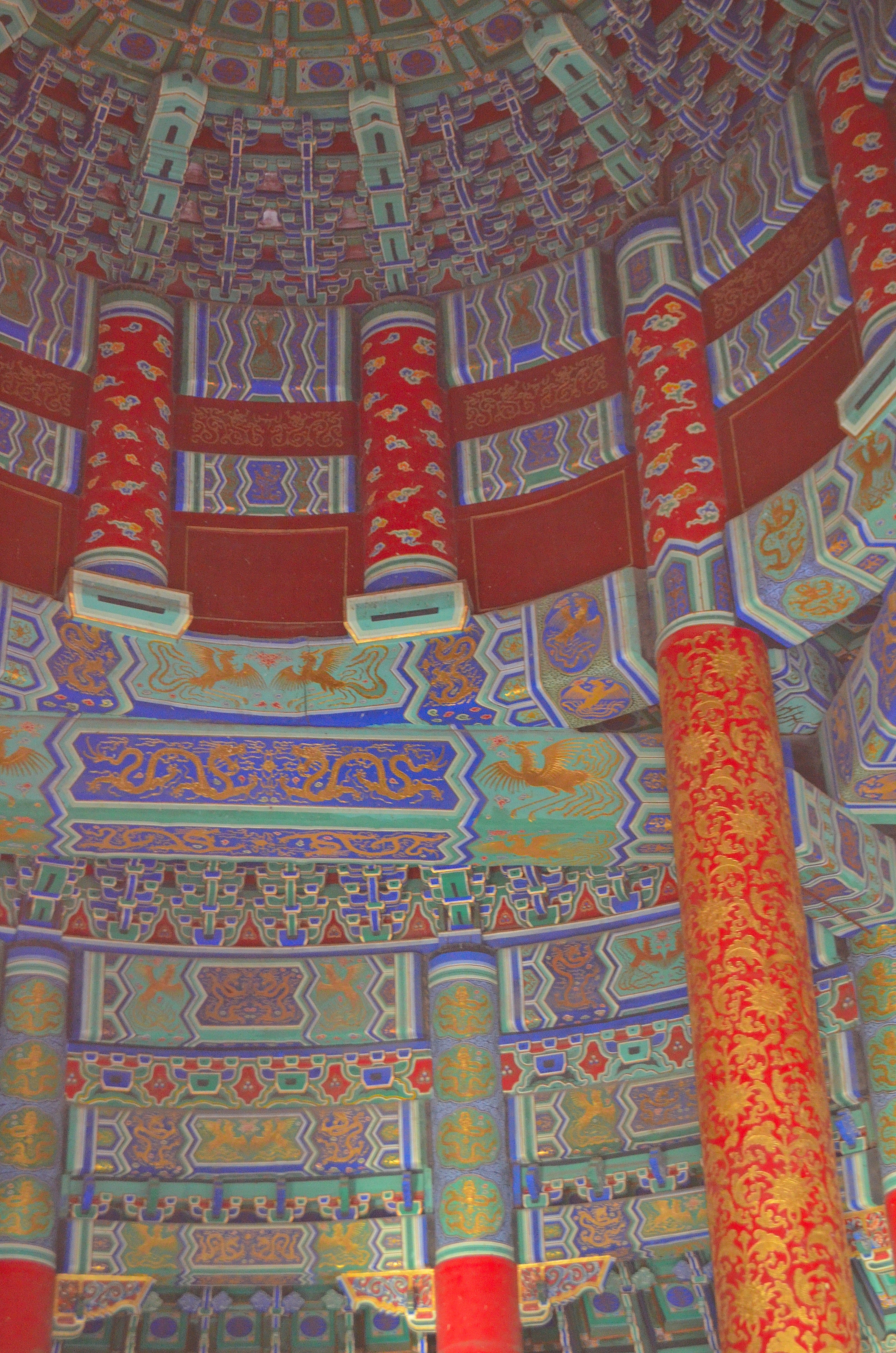
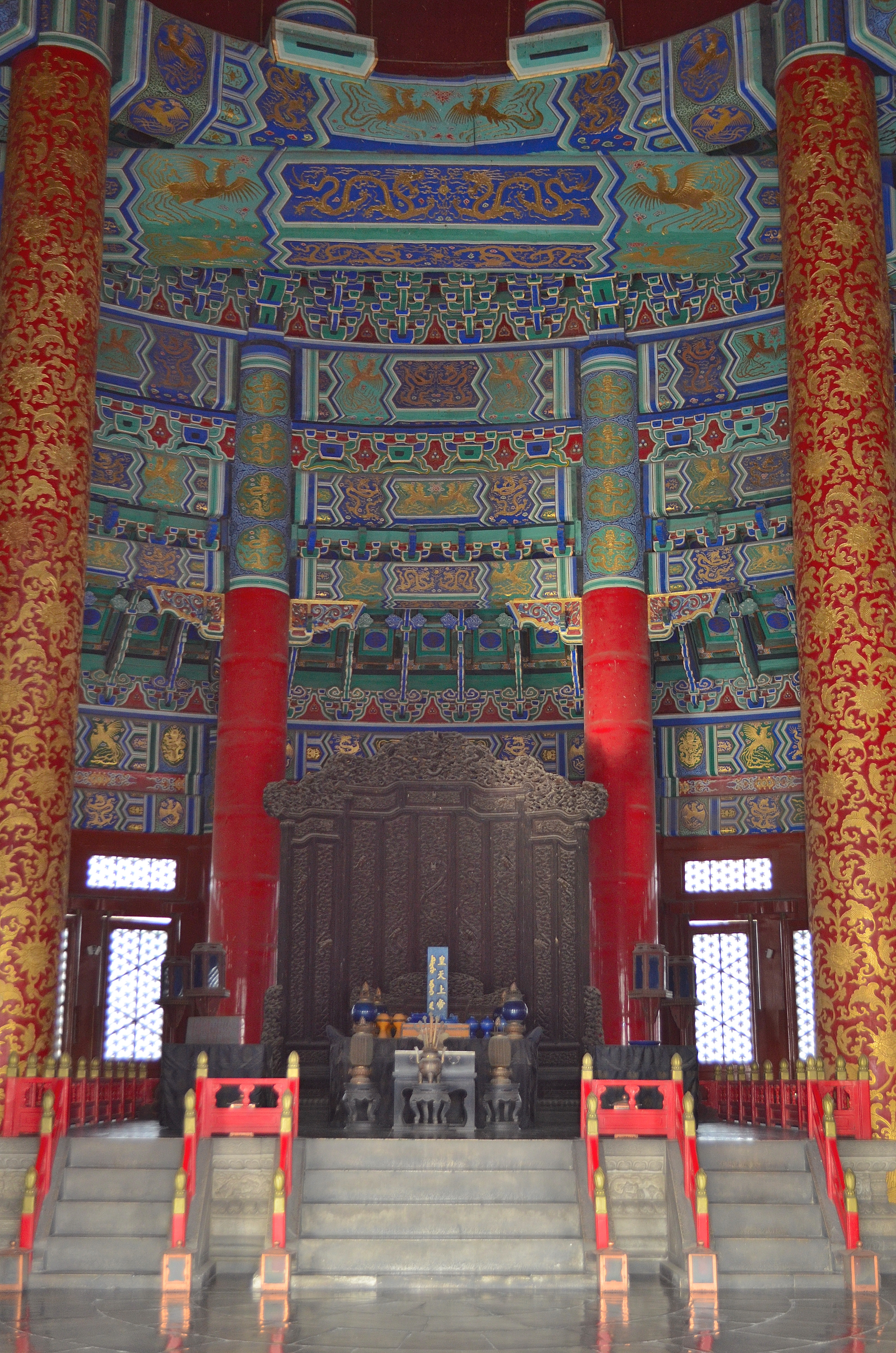
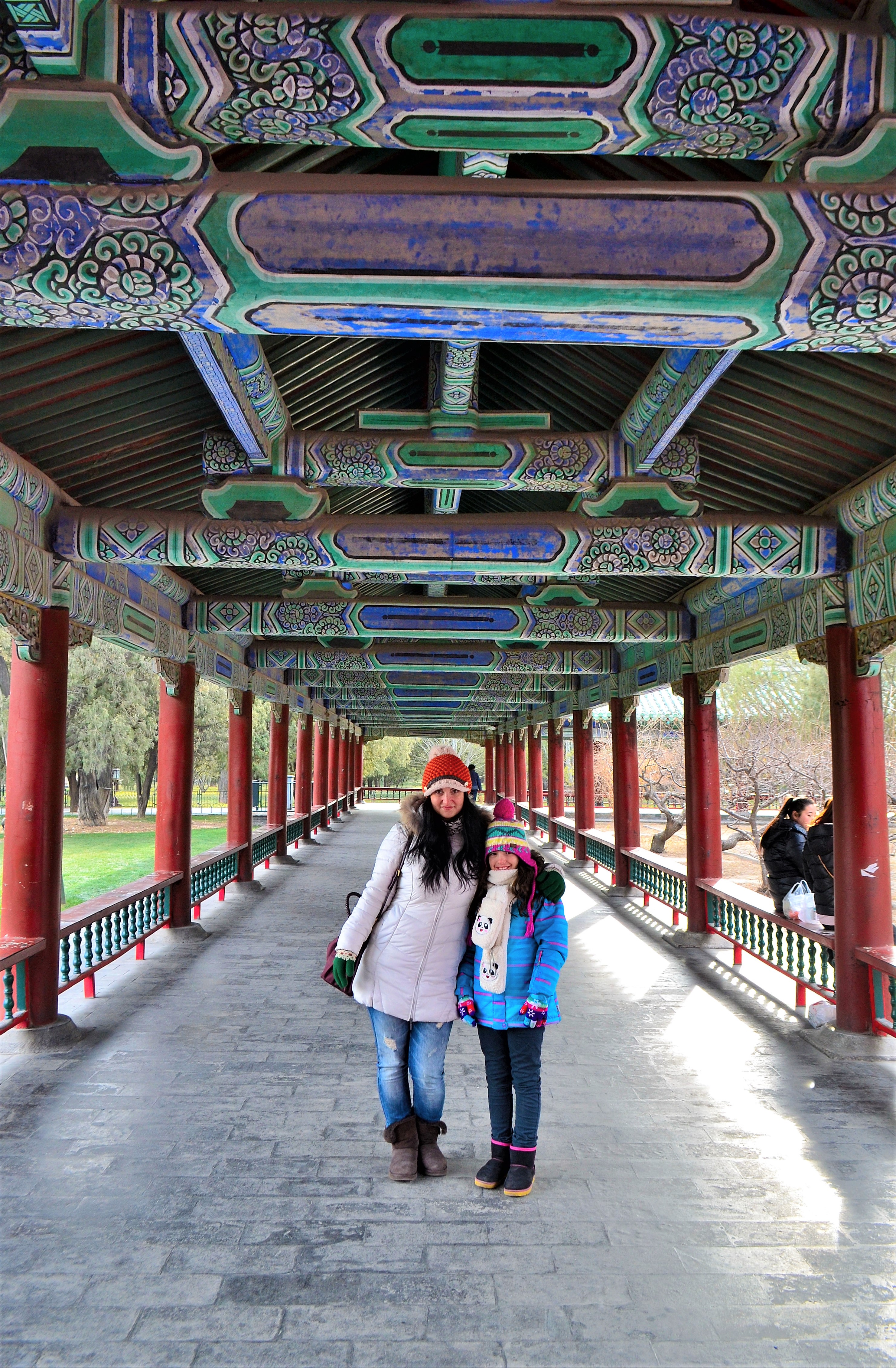
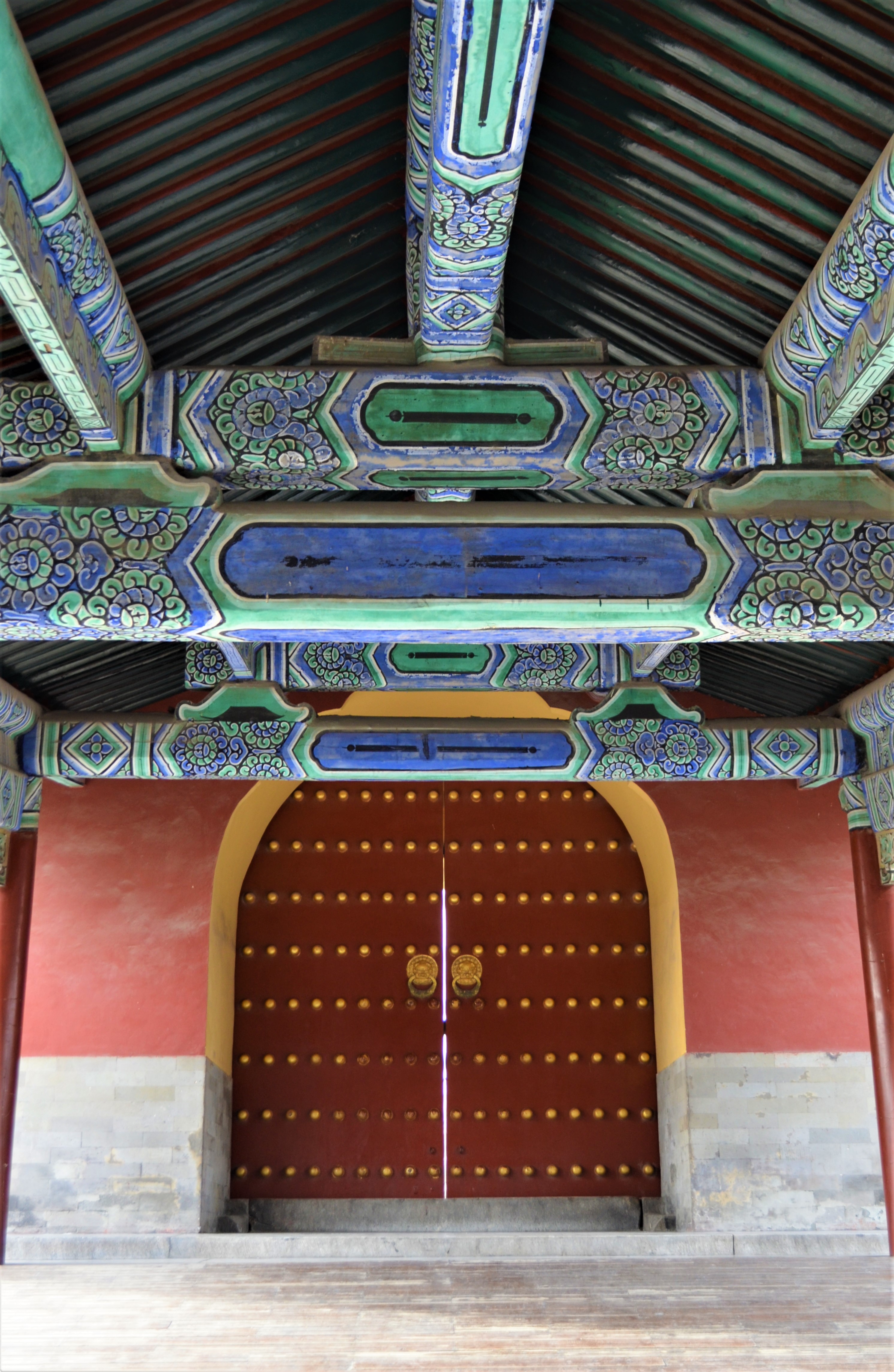
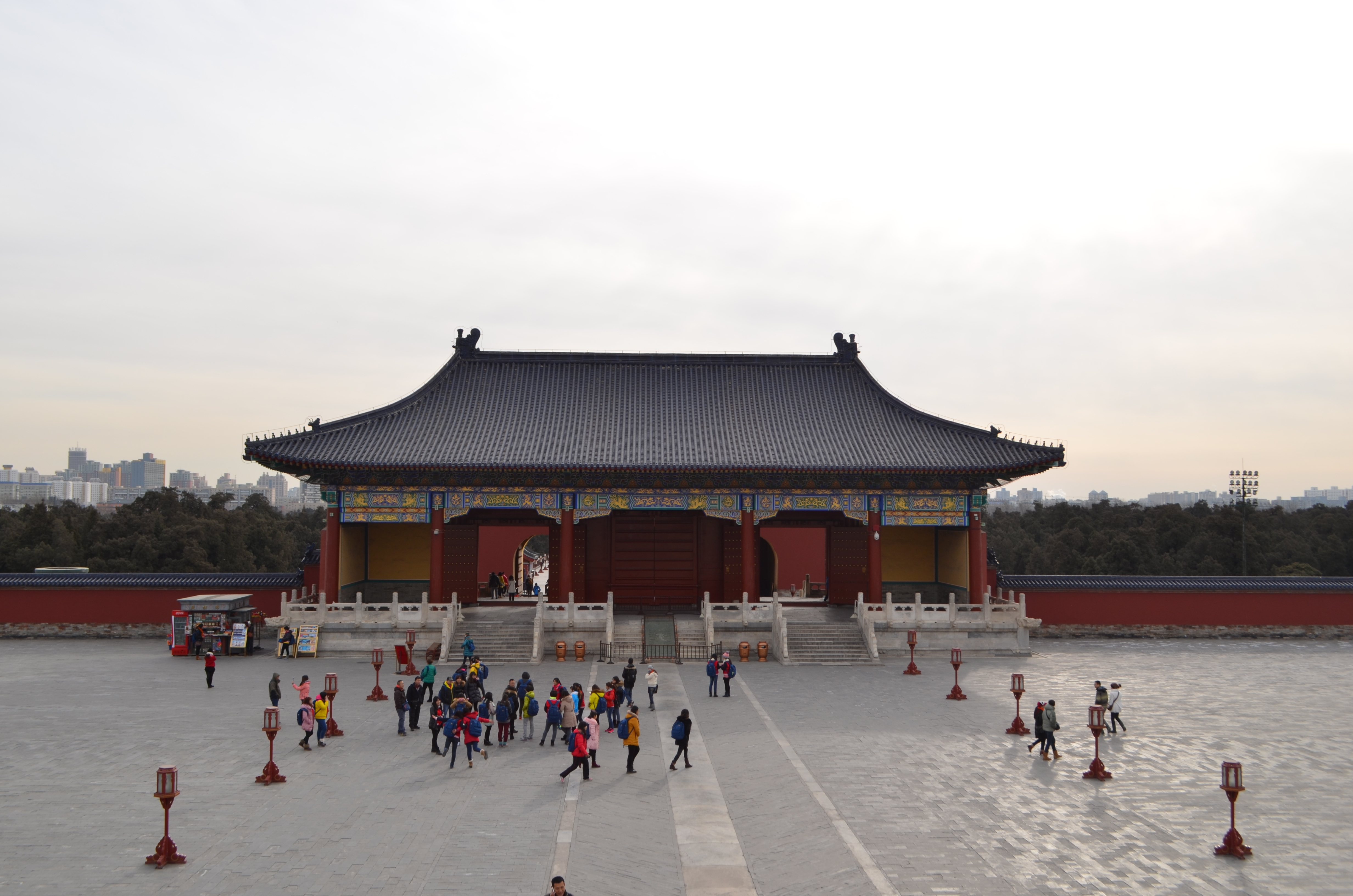
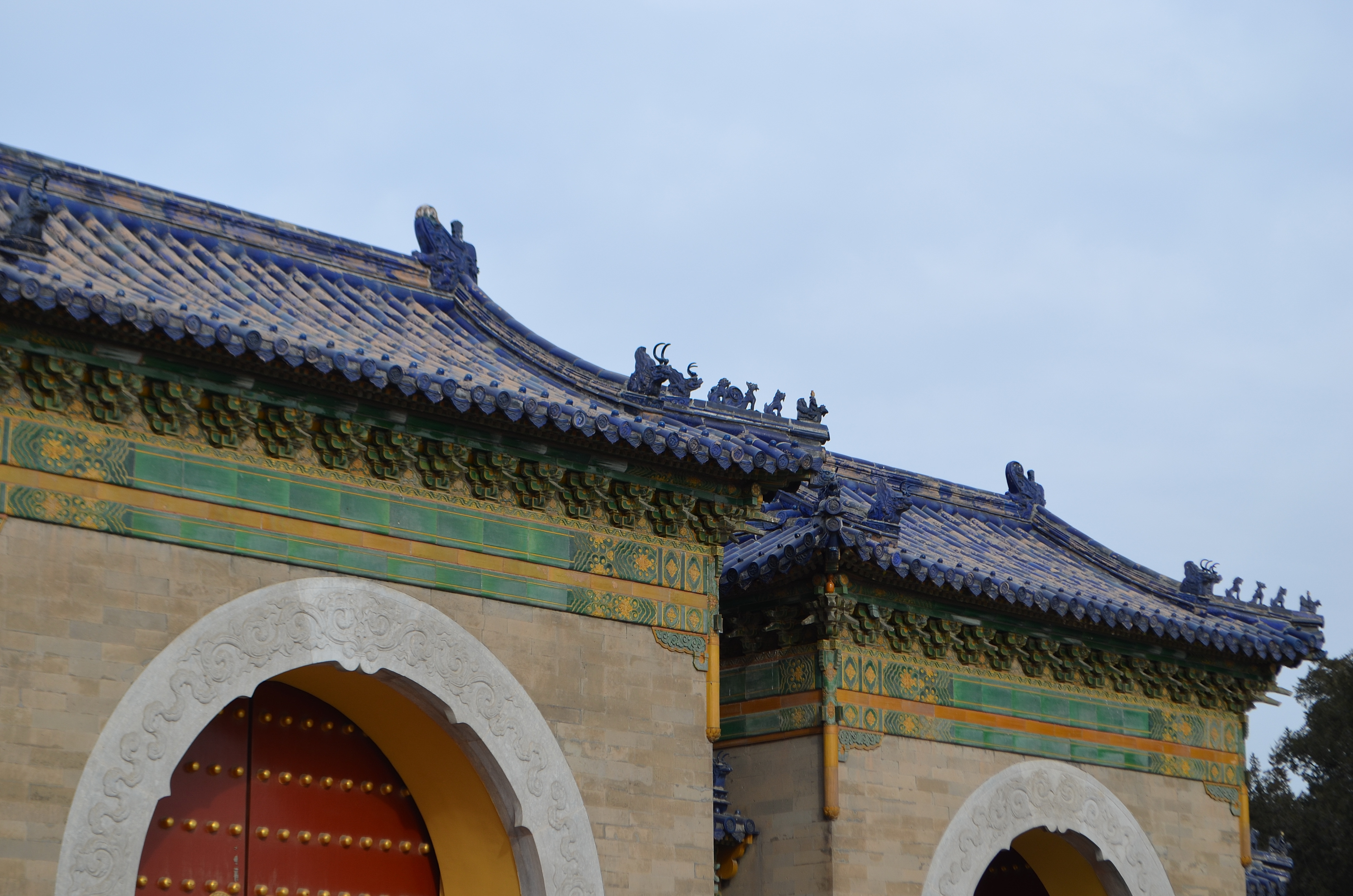
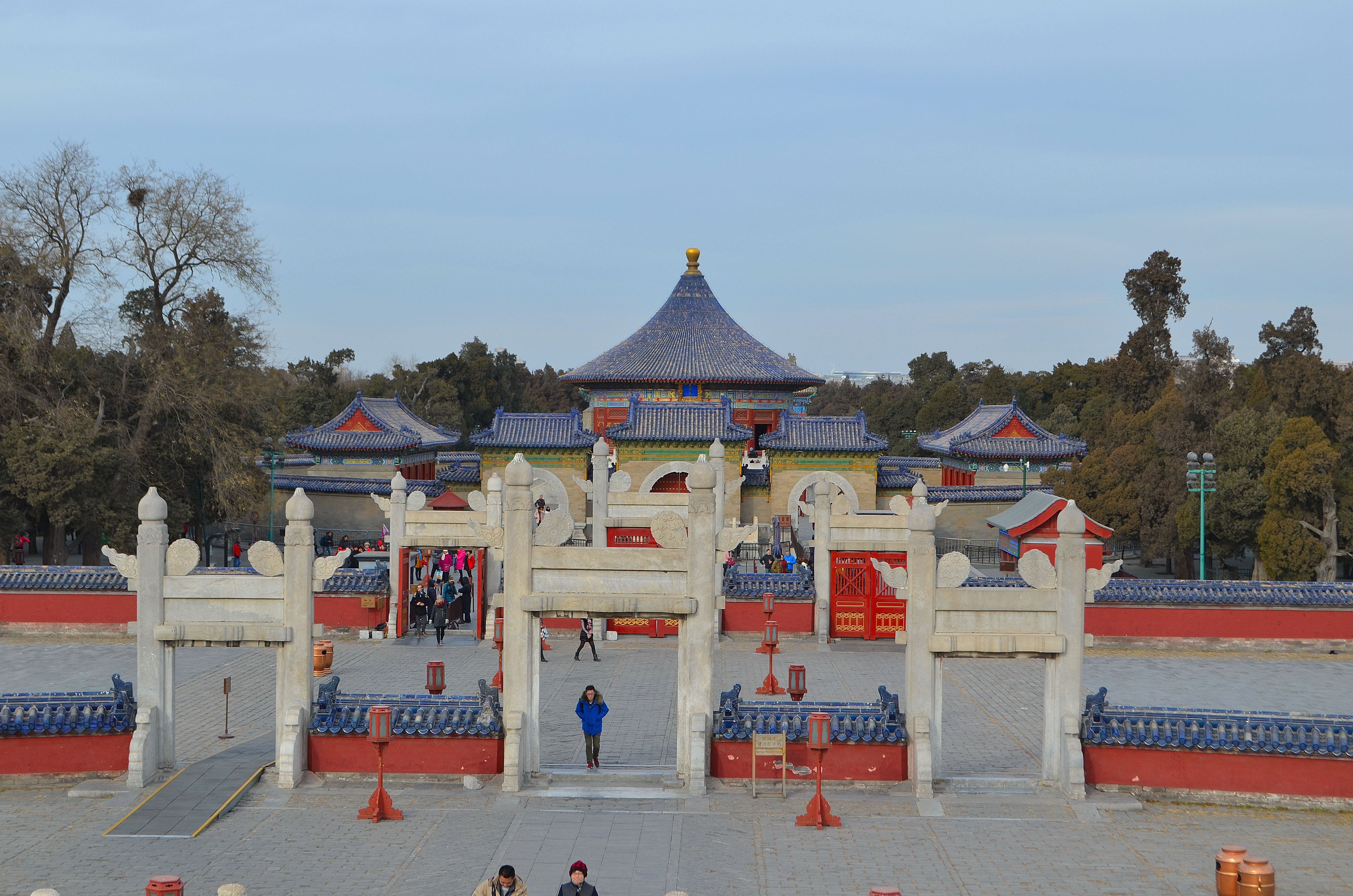
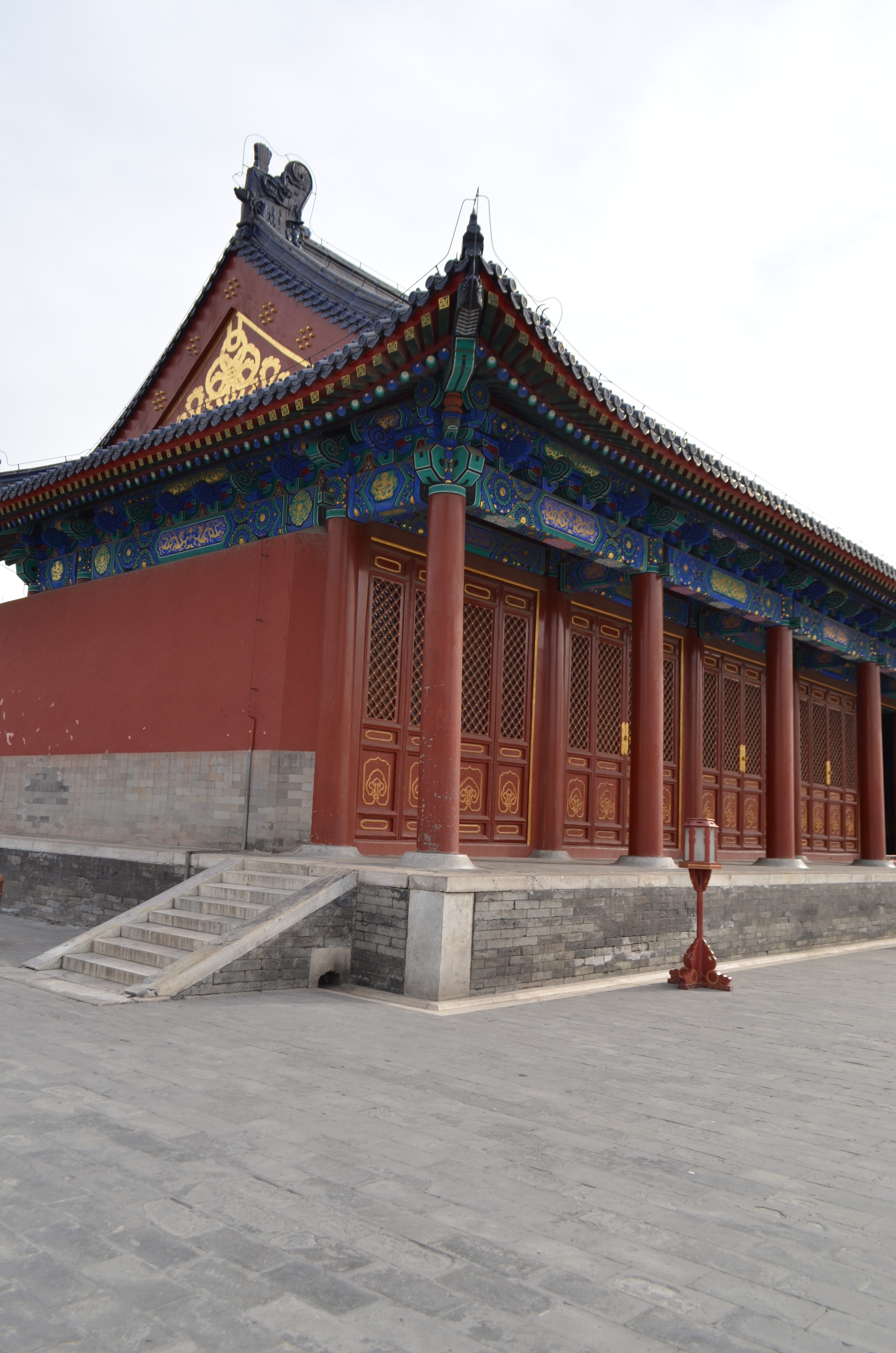
The most stunning building is the Hall of Prayer for Good Harvests, a round tower with a brilliant blue-tiled roof, standing tall like a celestial crown. It’s supported by four central pillars (for the seasons) and twelve outer ones (for the months), and somehow, despite looking delicate, it’s withstood centuries of Chinese weather, political shifts, and clueless tourists. The vault of this hall was built entirely of wood, without using a single nail!
You’ll also find the Echo Wall, where you can whisper your wishes and hear them come back—if your guide isn’t already doing karaoke into the stone, like ours. Nearby is the Circular Mound Altar, where ancient sacrifices took place. These days, thankfully, only cameras are slaughtered here by over-eager tourists.
The Temple of Heaven is made of marble on three concentric rings, connected by stairs with nine steps each, follows the rule of multiples of three, and has 999 water spouts all around. It is a national treasure and a local favorite. Early mornings and evenings see crowds of elderly Beijingers practicing Tai Chi, dancing, or just chilling with friends. By the end of the day, I was exhausted, enchanted, and absolutely convinced that yes—heaven is real, and it probably smells like dumplings.
